30 May – 12 June 2019
This post tells about our excursions beyond Lucca’s walls.

Garfagnana
The Garfagnana is the beautiful, wooded mountain area just north of Lucca between the Northern Appenines and the Alpi Apuane. Sweet chestnut trees cover the mountains and a major river—Serchio—flows through it.
Most important, it is the ancestral home of our niece Kitty Loyd’s relatives—the Marcuccis—her dad’s side of the family!
We visited several towns on our day trip there: Bagni di Lucca (where Elizabeth stayed), Barga, and Castelnuovo. And we saw an incredible medieval bridge. There are few tourists, mostly serious hikers.
Robert is amazed that no one is fishing the river here as well as others that he sees from the car.
Bagni di Lucca
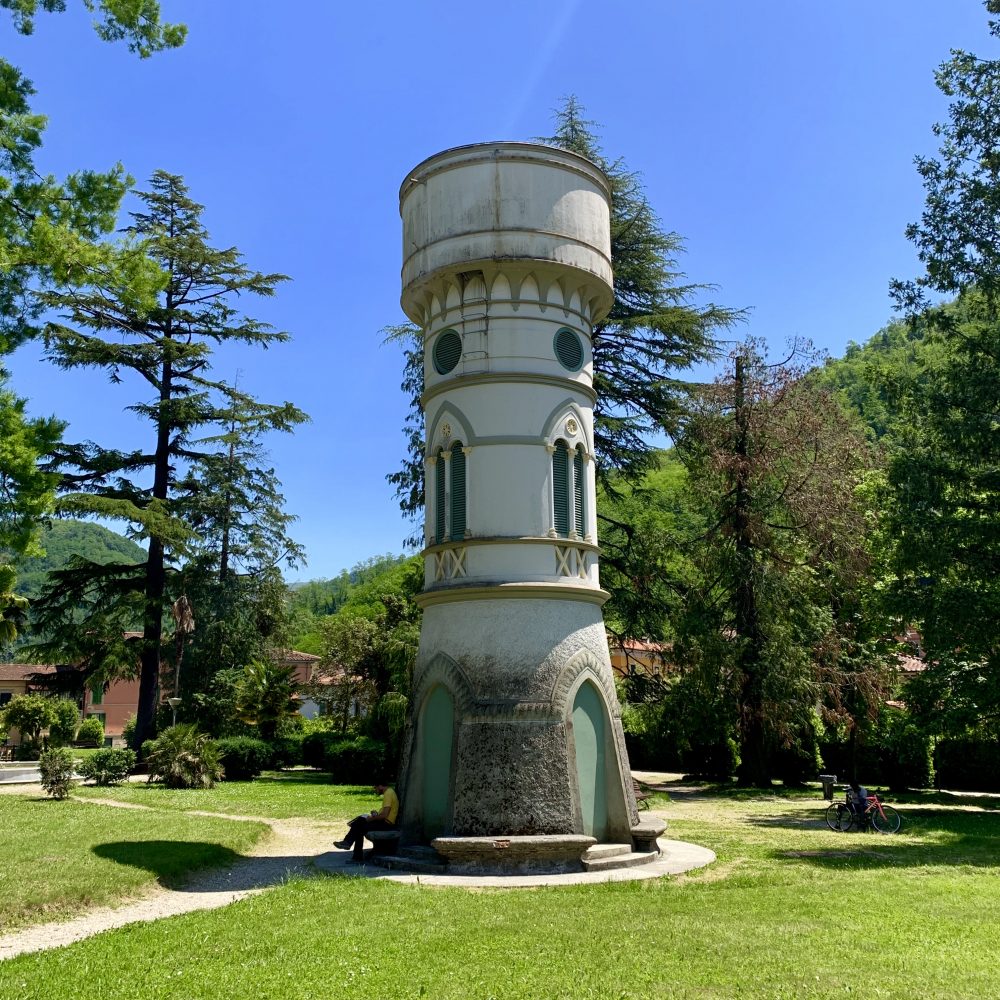
Barga
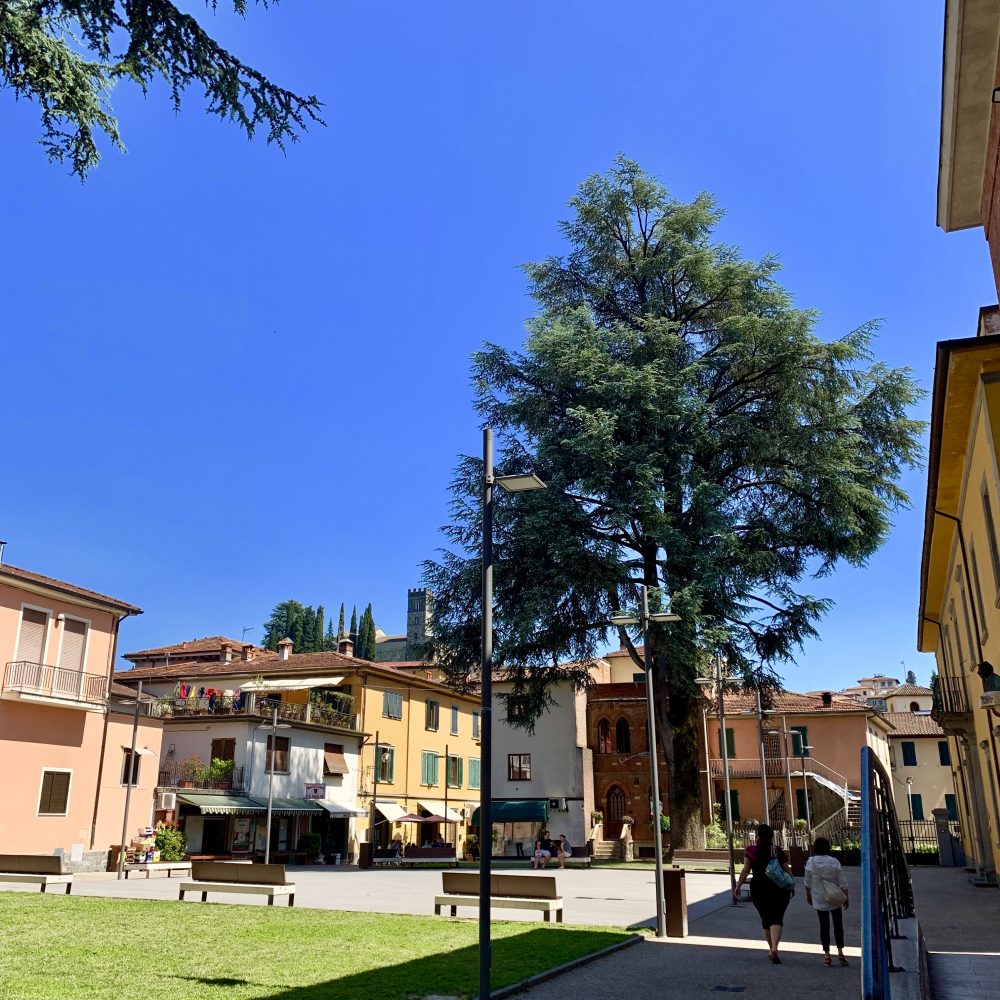
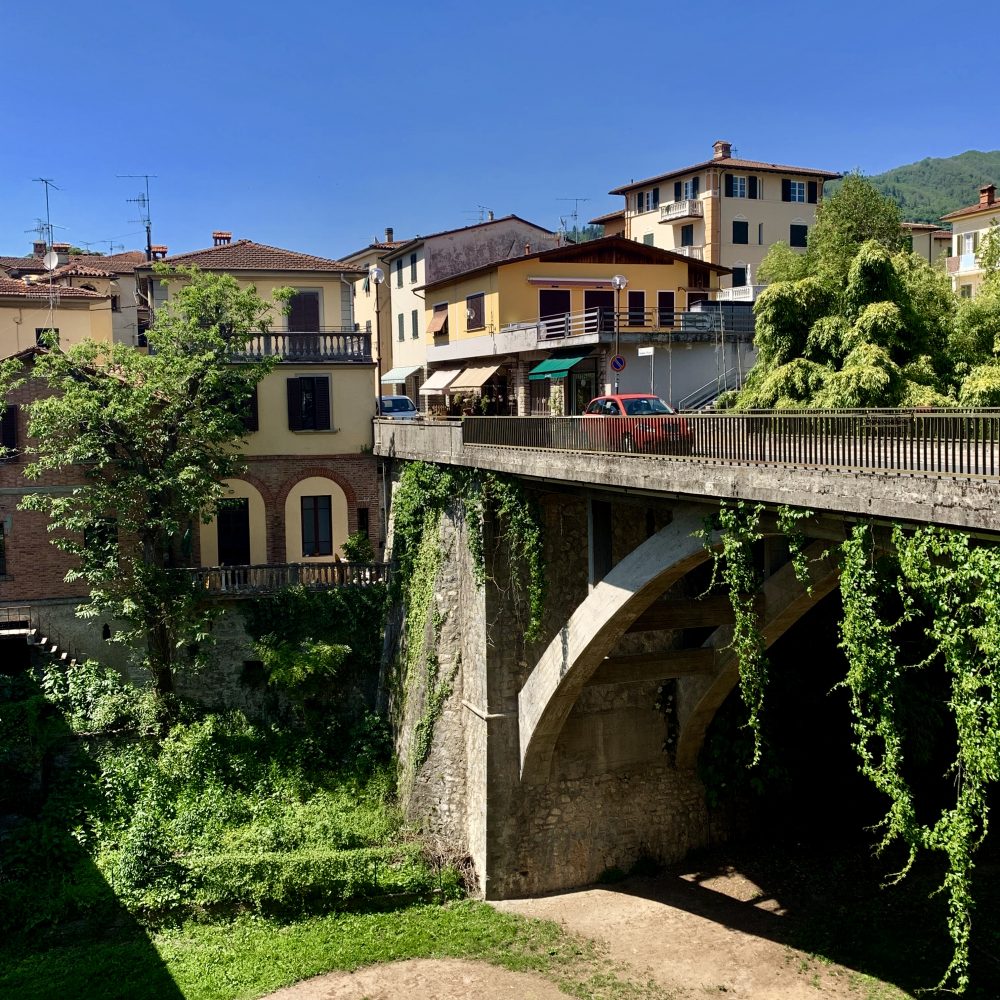

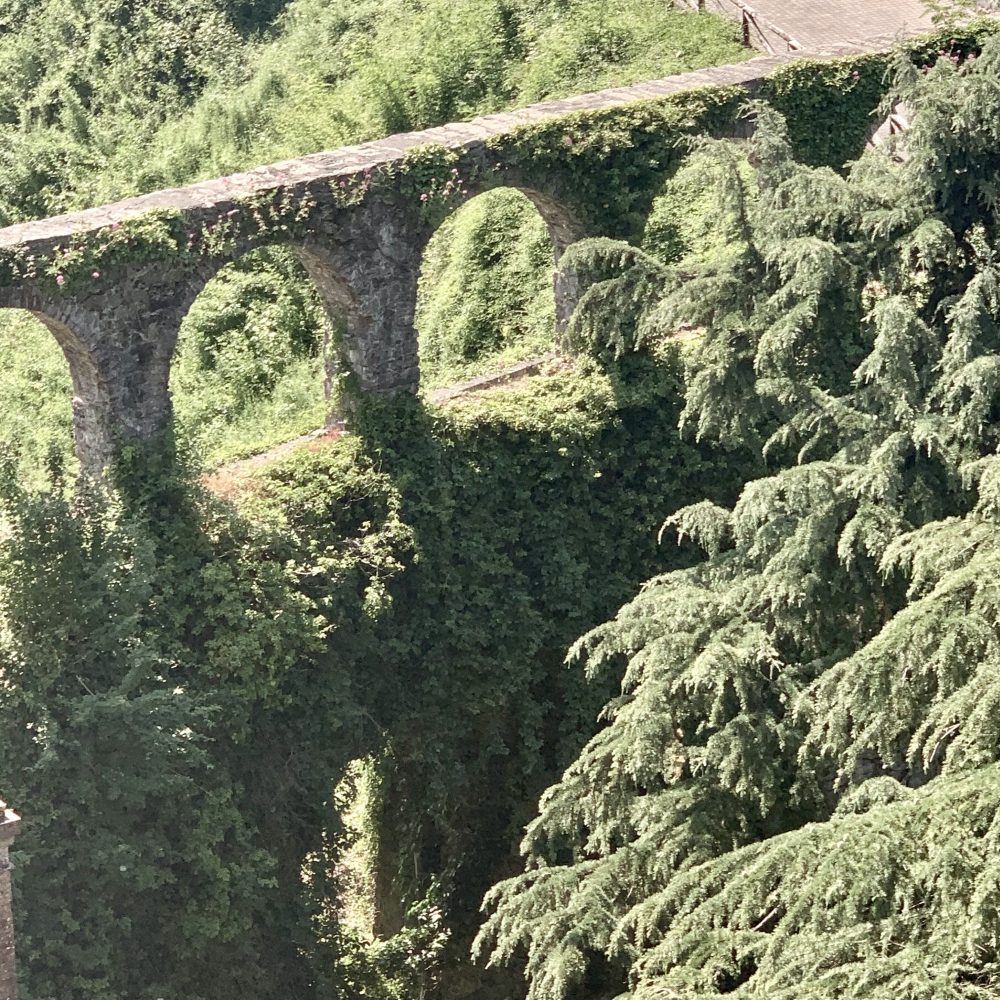
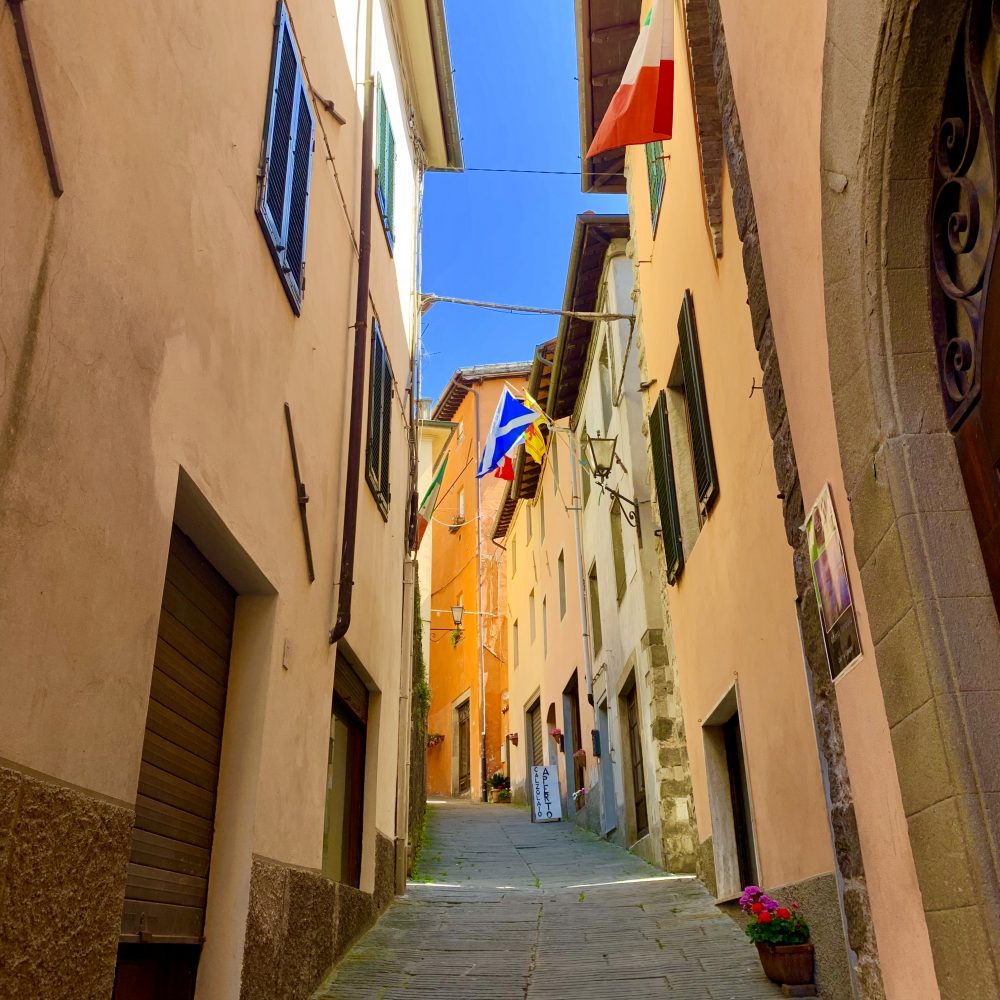
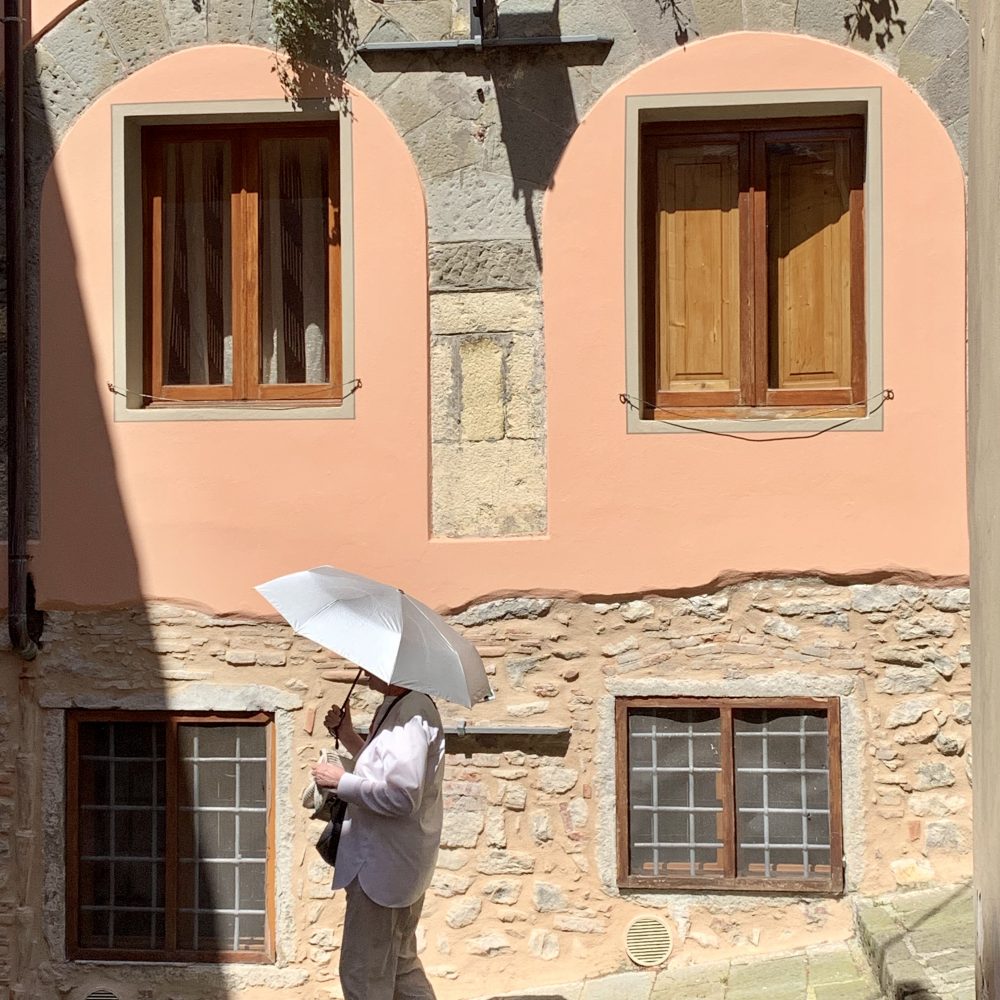
Castelnuovo di Garfagnana

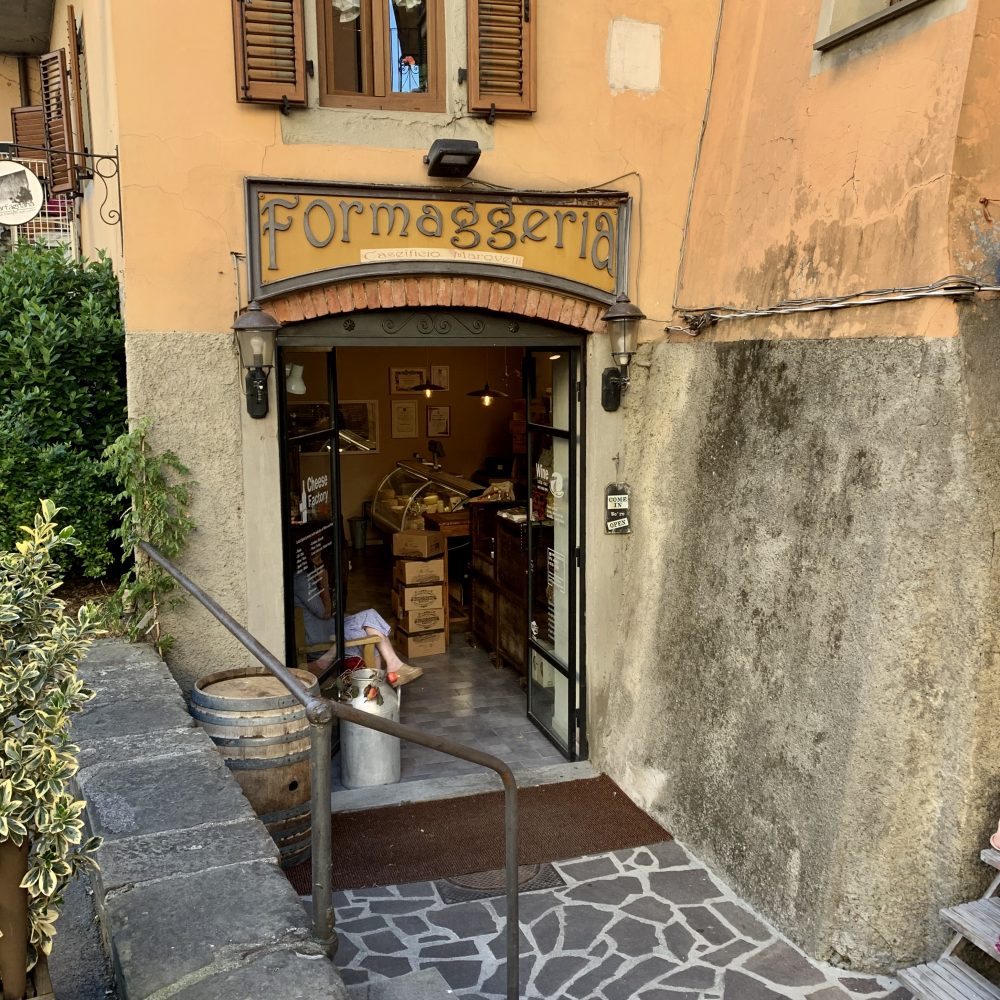
Ponte della Maddalena
We saw this bridge on our way back to Lucca. Robert had to stop to take a few photos and walk across it. Wikipedia revealed that this medieval bridge was built around 1100 and named the Bridge of the Devil. It was later renovated around 1300 and renamed the Bridge of Mary Magdalene. It was an important Via Francigena pilgrimage crossing of the Serchio River.
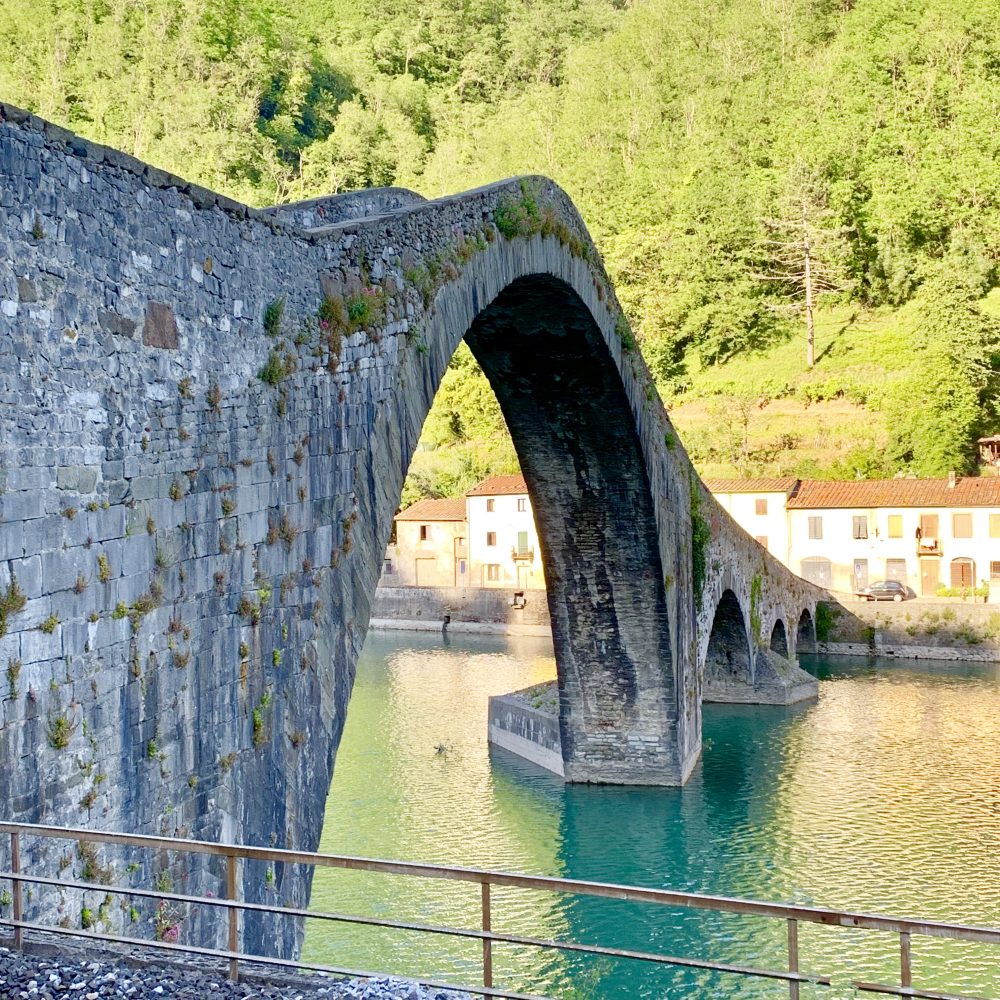

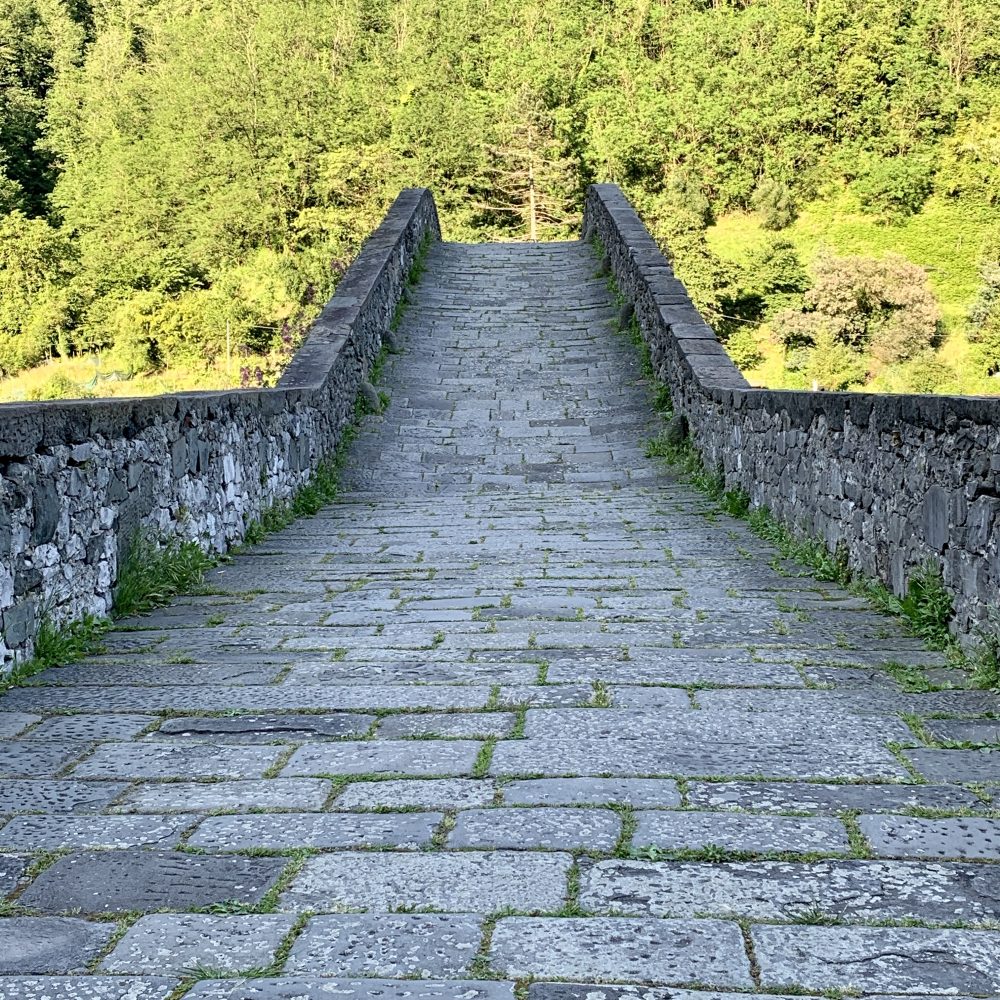
Marble Quarries of Carrara
Wow. Wow. Wow.
Those are three wows of our trip so far. The tour of the marble quarries of Carrara adds a fourth WOW.
The tour guide met us high up the mountain with his Land Rover, which has seen many miles but not a car wash in many months. Eight of us climbed in. Bonnie and Robert took the back with a young couple from Manhattan. A couple from Switzerland and a couple from Bosnia and Montenegro took the real seats. As we headed almost vertically up the single-lane gravel road with hairpin turns, there was nothing to hang onto except one another and a few OMG bars. The bumps, twists, and turns easily surpassed any experience at Magic Mountain.
This bone-rattling tour lasted more than two hours with visits to numerous quarries. (There are at least 85.) The scale of these quarries is immense, and the bright white of the walls and all the surrounding surfaces in the sun is blinding. One visit took us into a mountainside where they were actively excavating. There, a machine was diamond cutting a huge slab.
The guide made good use of the Land Rover as some slopes exceeded 45 degrees for long distances—some dry and some wet.
Excavating marble began here in ancient time, and marble from Carrara was first used extensively in Rome for the building projects of Emperor Augustus (“I found Rome a city of bricks and left it a city of marble.”) Michelangelo favored Carrara marble even though his client, a Medici pope, had insisted he purchase marble from a Medici quarry. The Pieta marble came from Carrara.
The technique of excavating marble has not changed much since it began. The cheapest method is to start at the top of a mountain and work down, not into, the mountain, changing the roads for trucks as you go, daily if necessary. Only two of the quarries have gone into the mountainside because of physical restrictions created by adjoining quarries owned by others.
While the technique has not changed, the machinery has. Today, they core drill at intervals of a depth of up to 9 meters vertically and horizontally, then run diamond-embedded cable through the drilled holes in a loop around the still-attached marble. Running the cable in a loop cuts through the marble until they can wedge the block off and onto the quarry floor. Workers look for the largest piece possible that does not fracture or have major internal flaws. Each new cut is a gamble.
Buyers inspect new slabs on site. If they like what they see, they must arrange for transportation out of the excavations. More than 700 trucks run shipments each day on gravel roads that change from day to day as quarrying continues to eat away at the mountain.
They estimate that only 95 percent of the marble has been excavated to date. The mountain range is large and extends east to Lucca. We learned that unimaginable amounts of marble powder, created from marble slabs too small or too flawed to sell in one piece, are used in products worldwide such as toothpaste, osteoporosis medication, body creams, and milk (calcium additive thanks to Nestle). Robert had thought the small pieces of marble were just used to make miniature statues of David sold in Florence. Who knew?!
The tour was by Il Tau (iltau.com).
We highly recommend them.
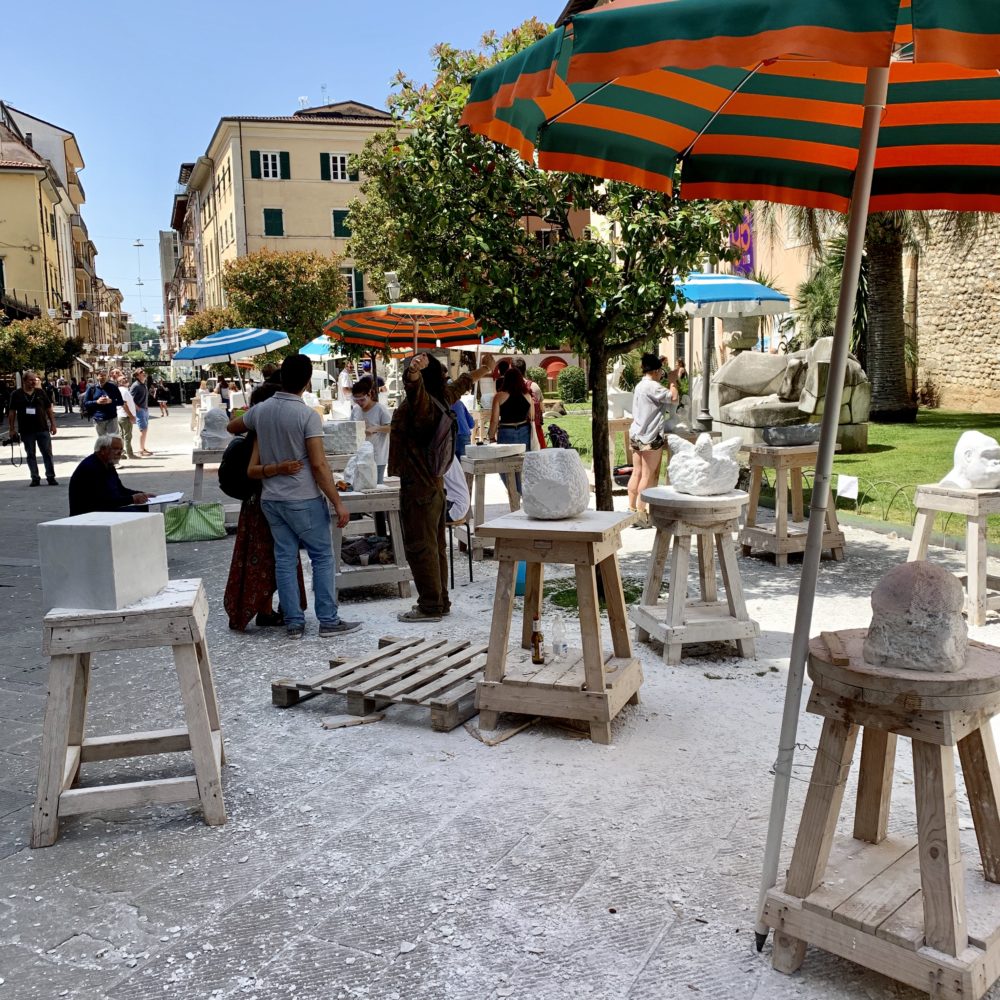
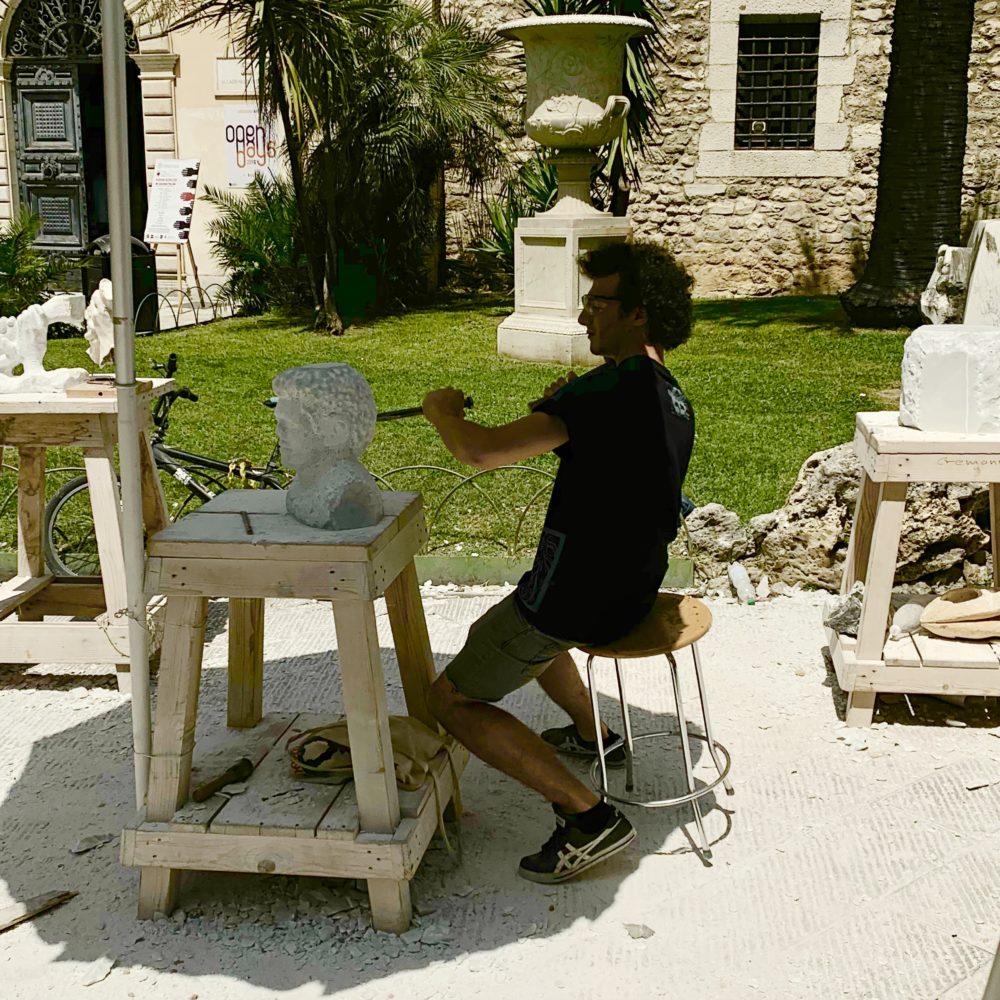
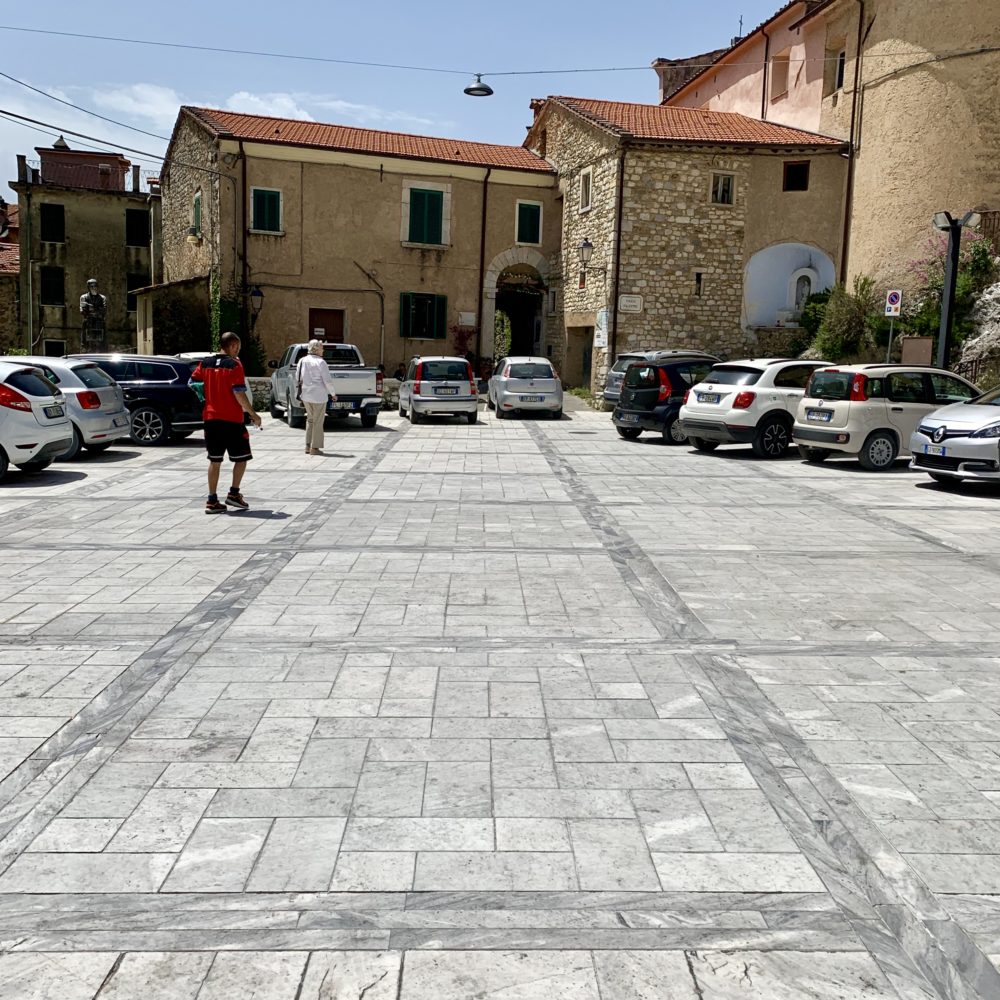
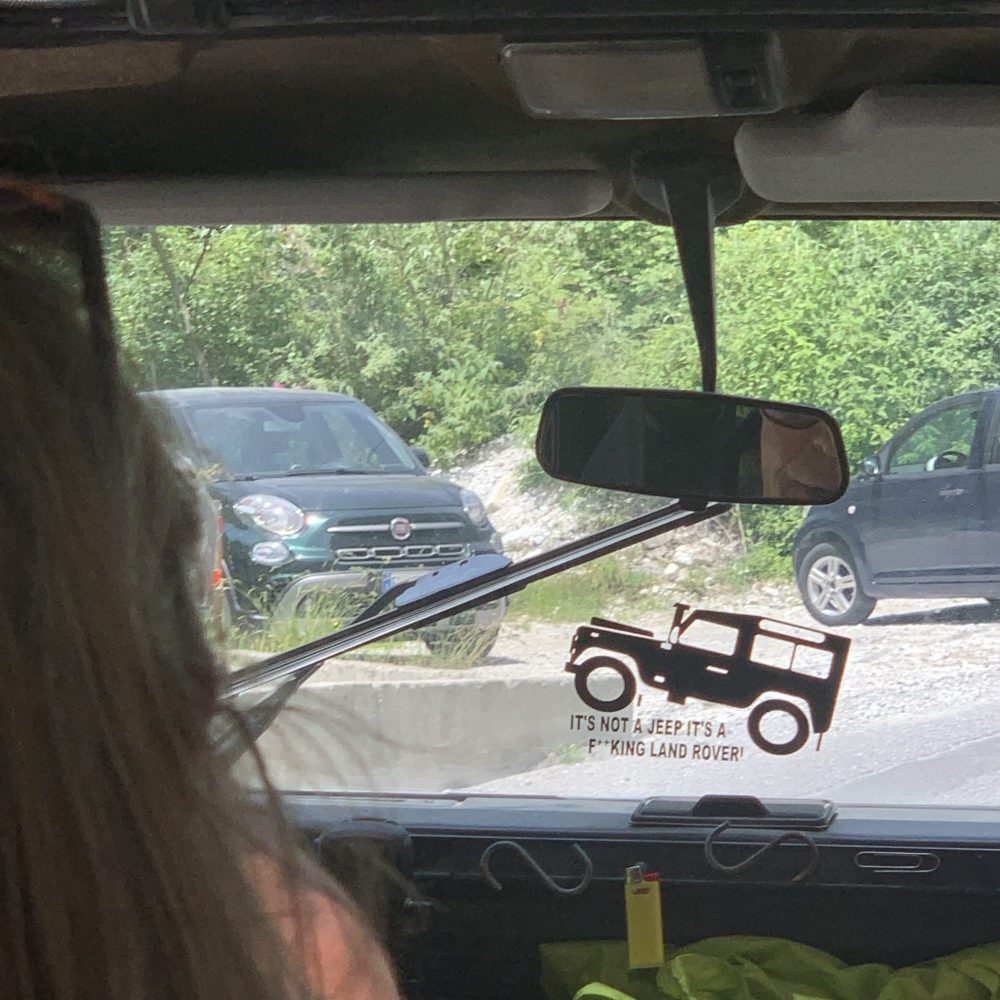
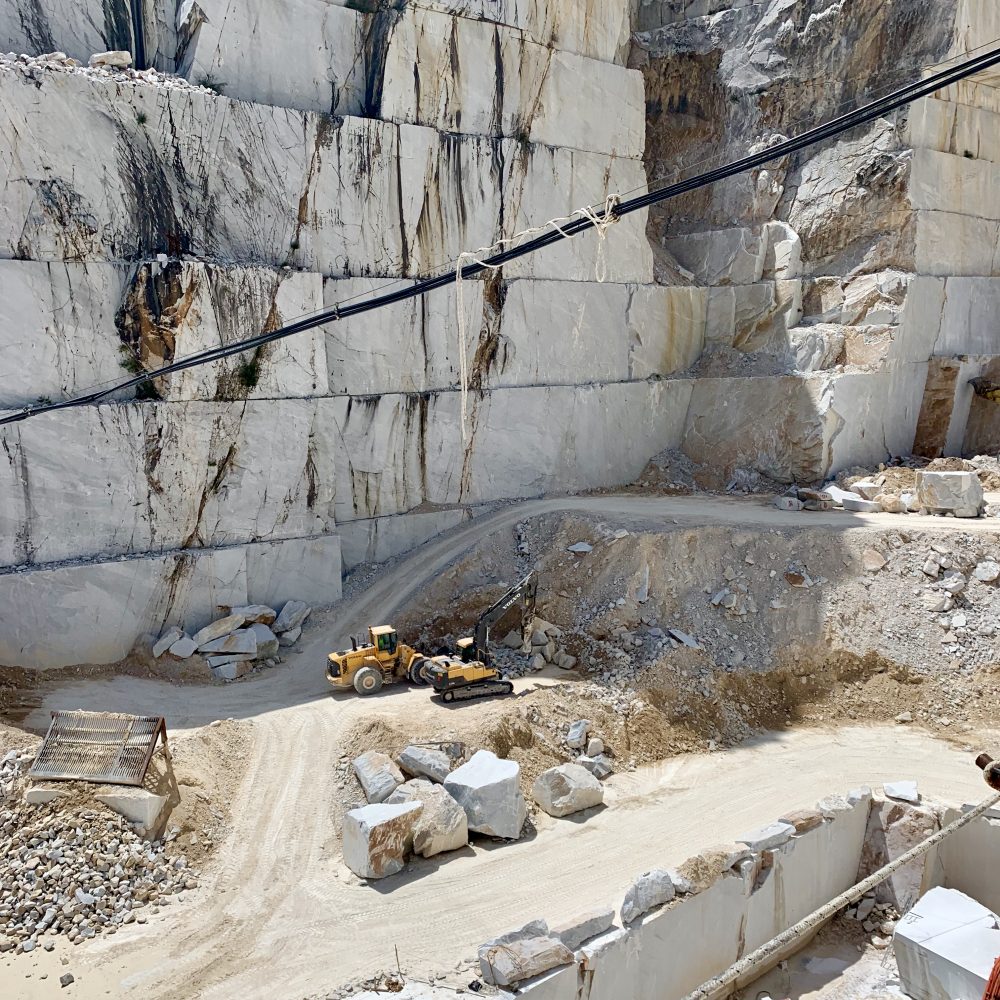

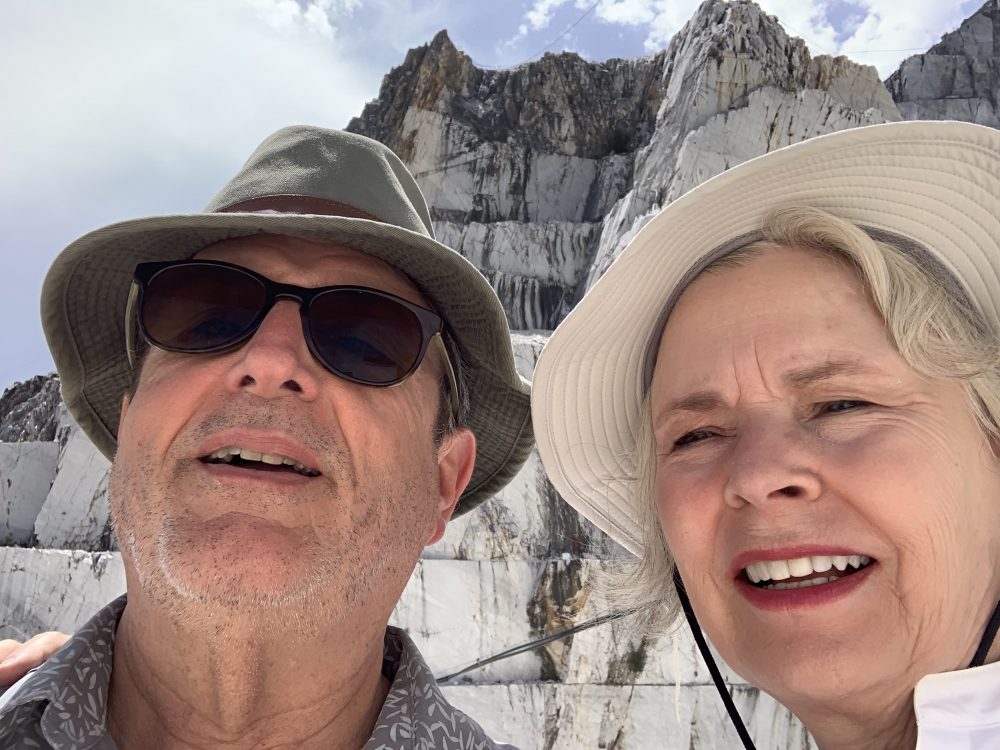
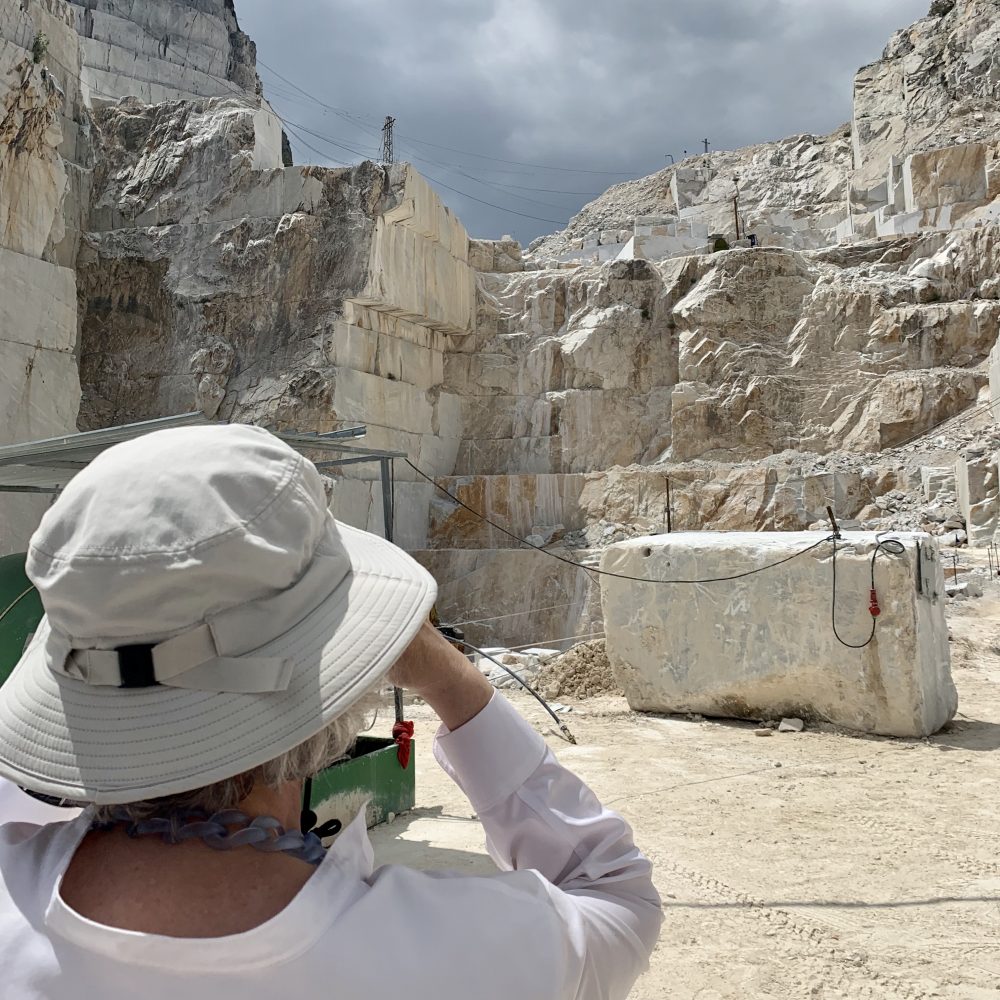
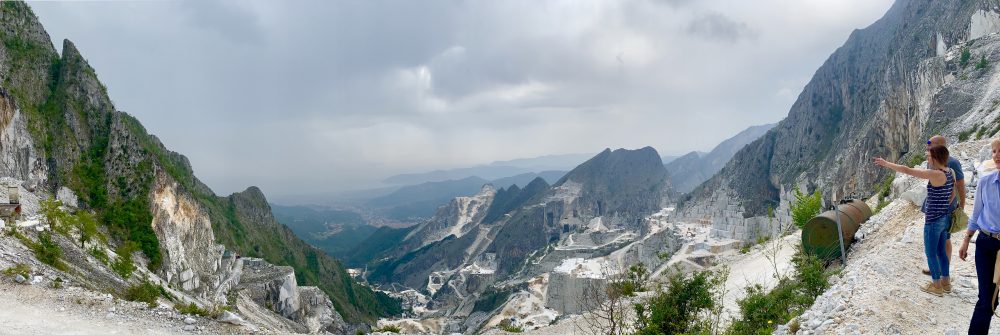
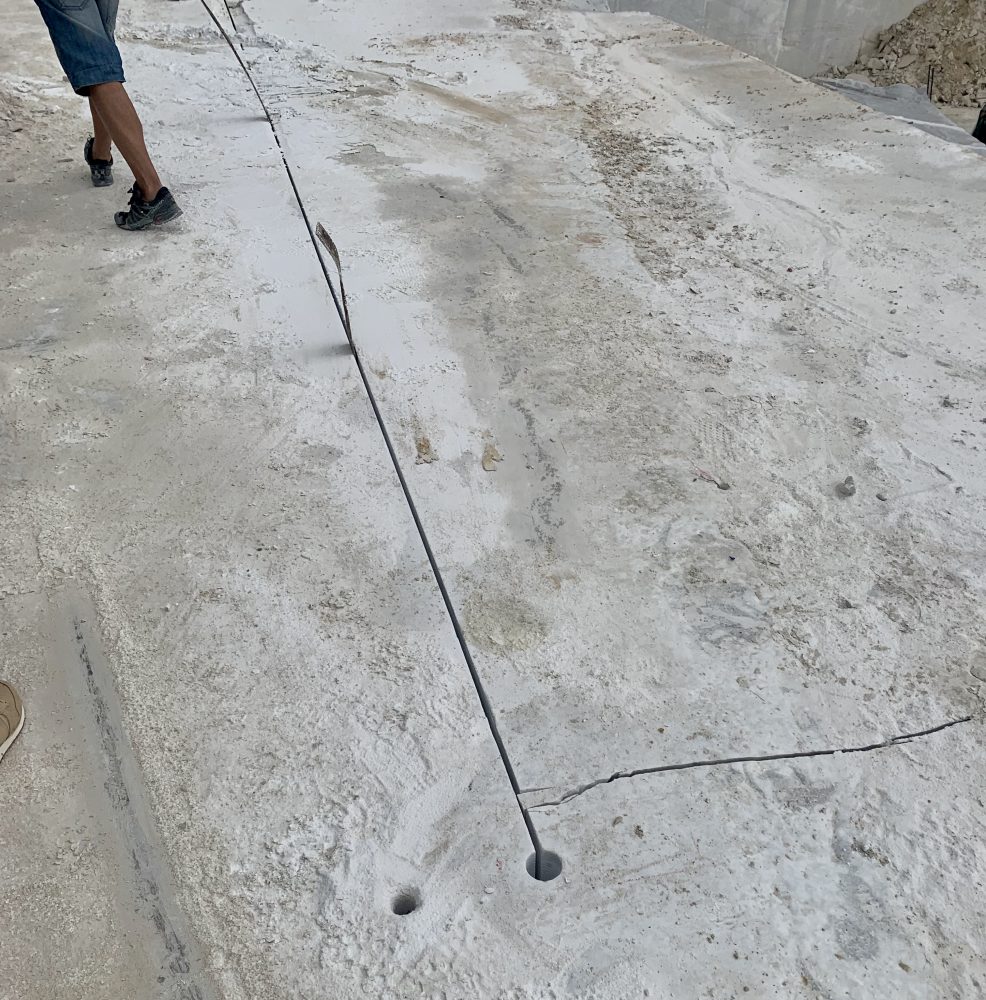
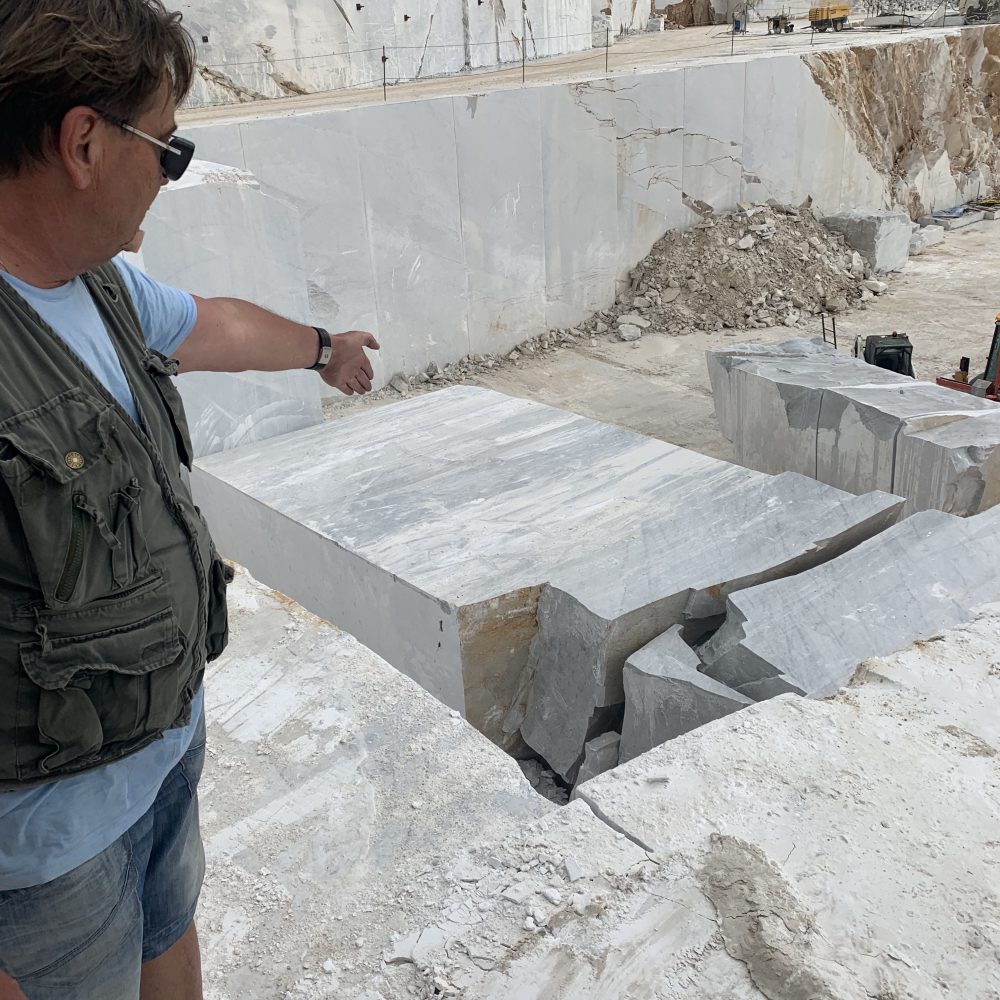
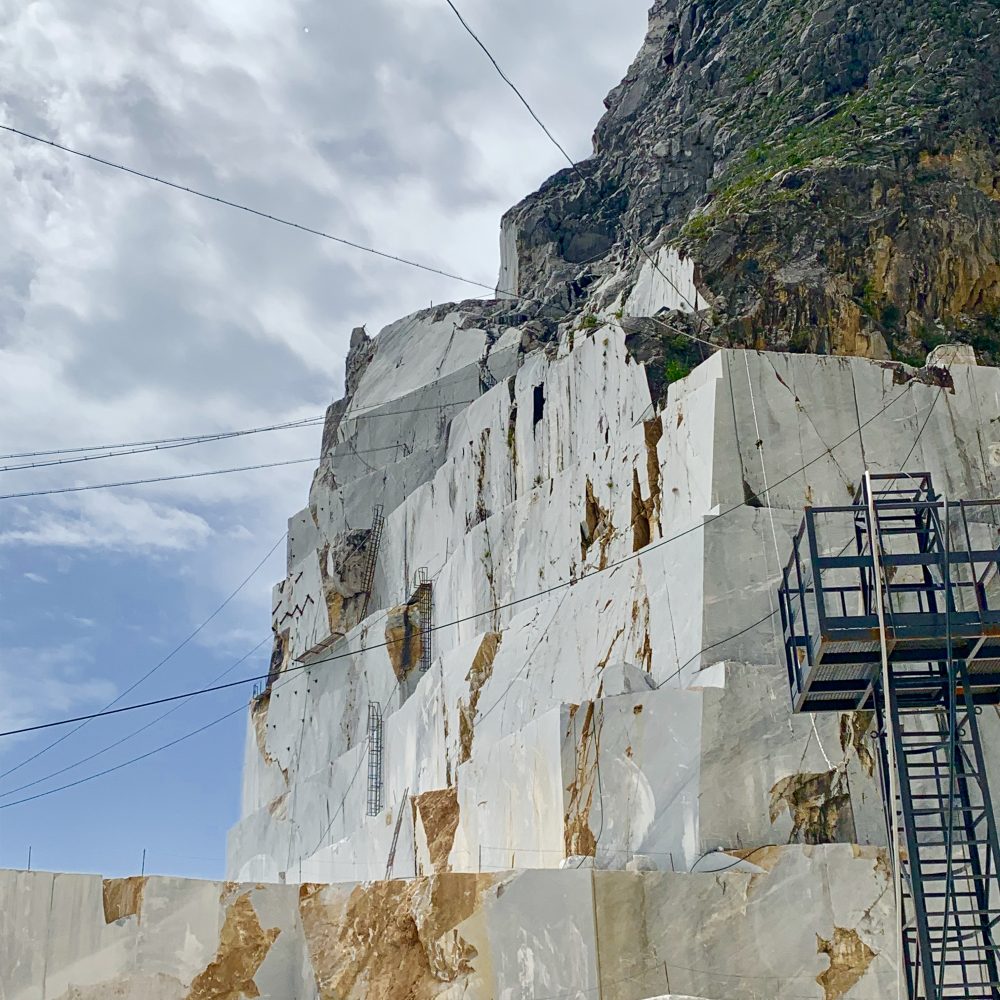
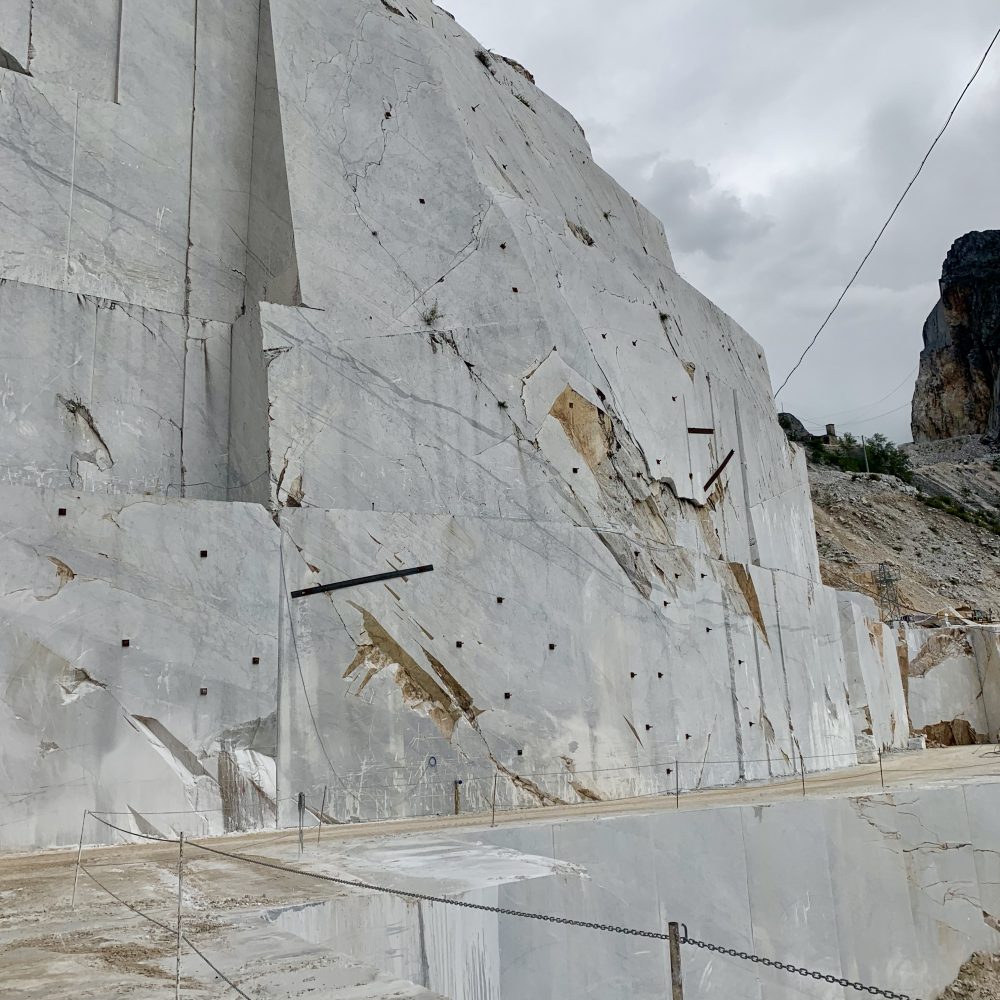
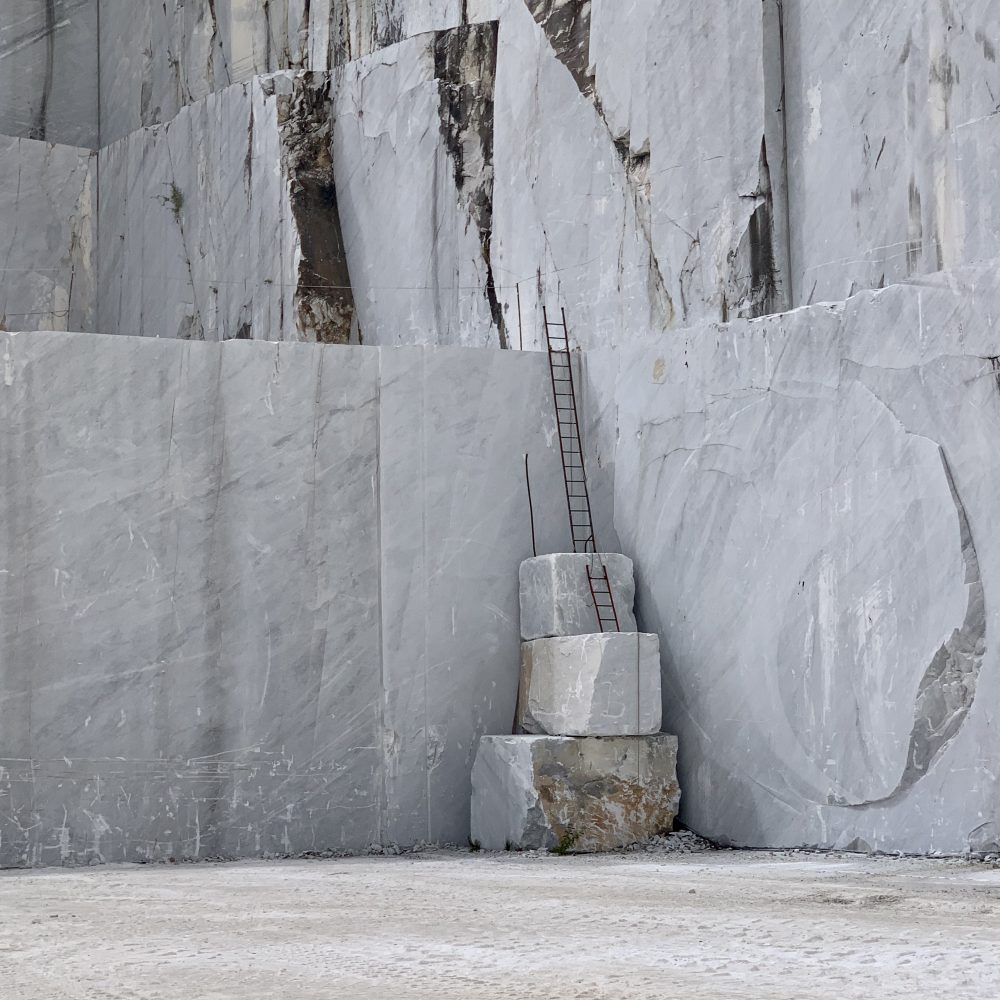
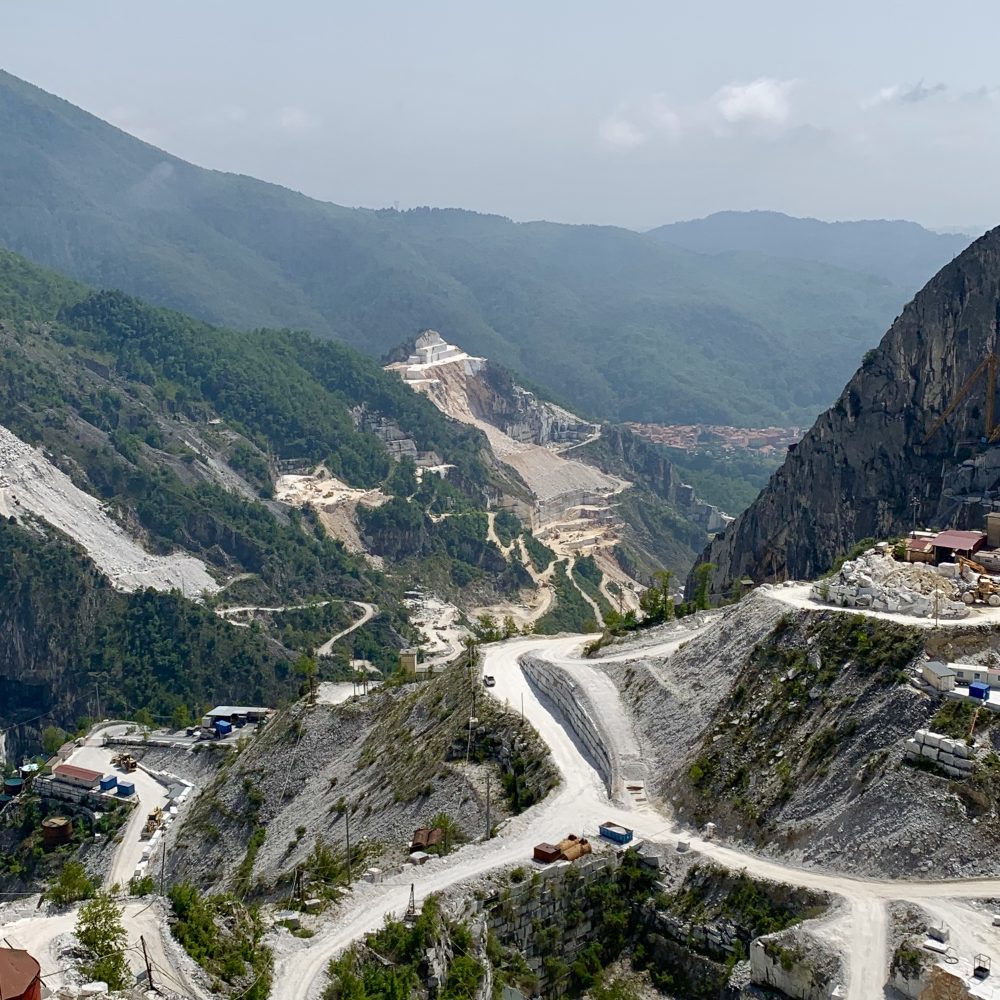
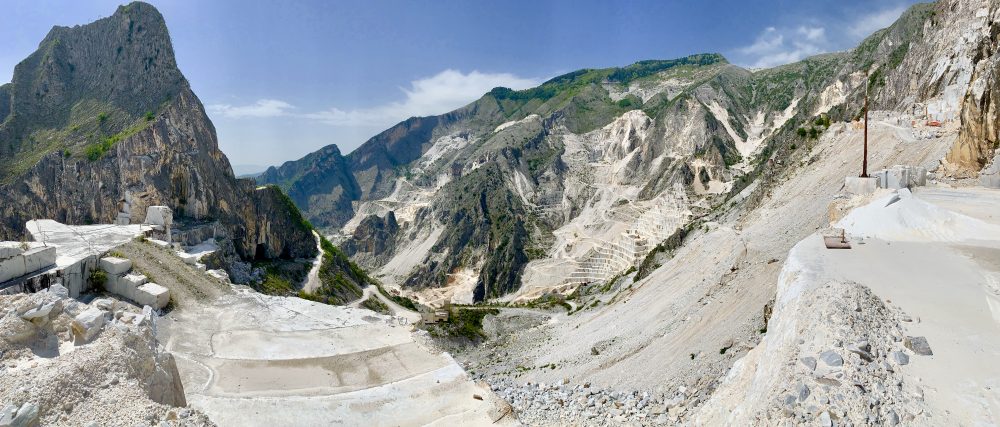

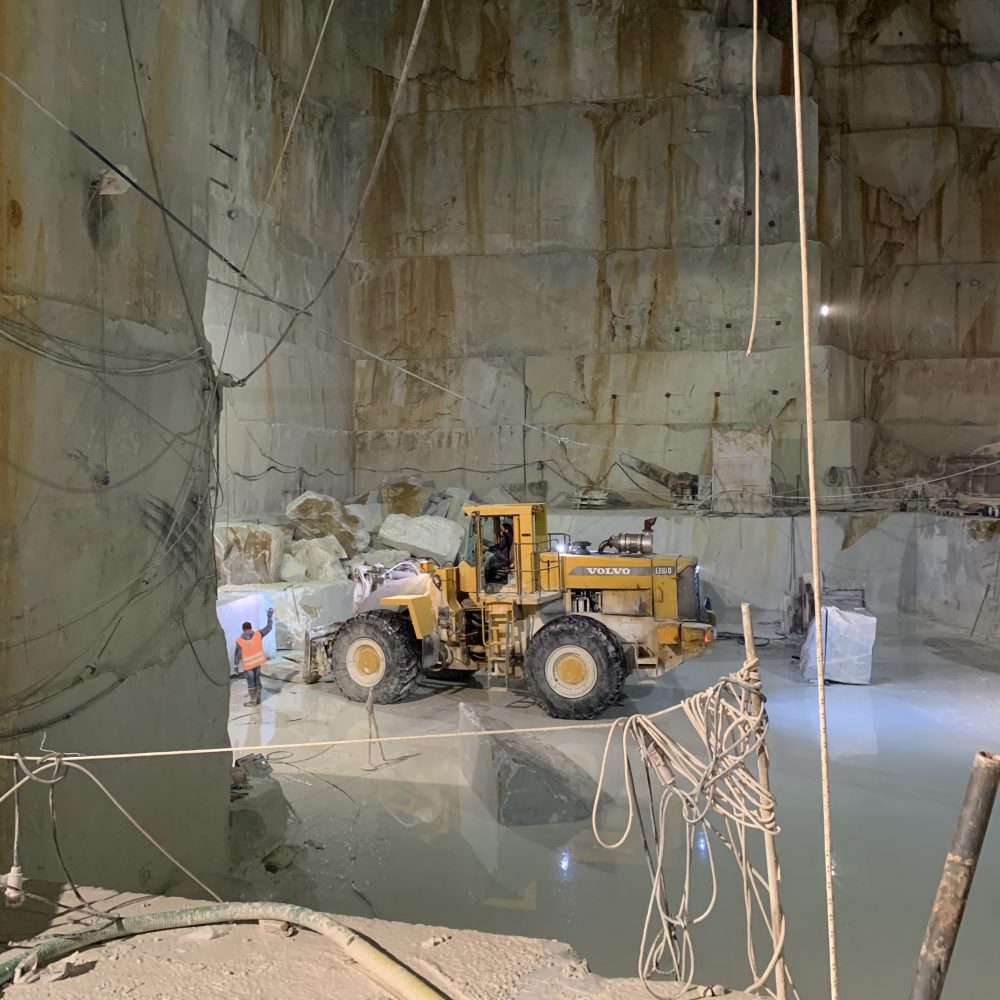
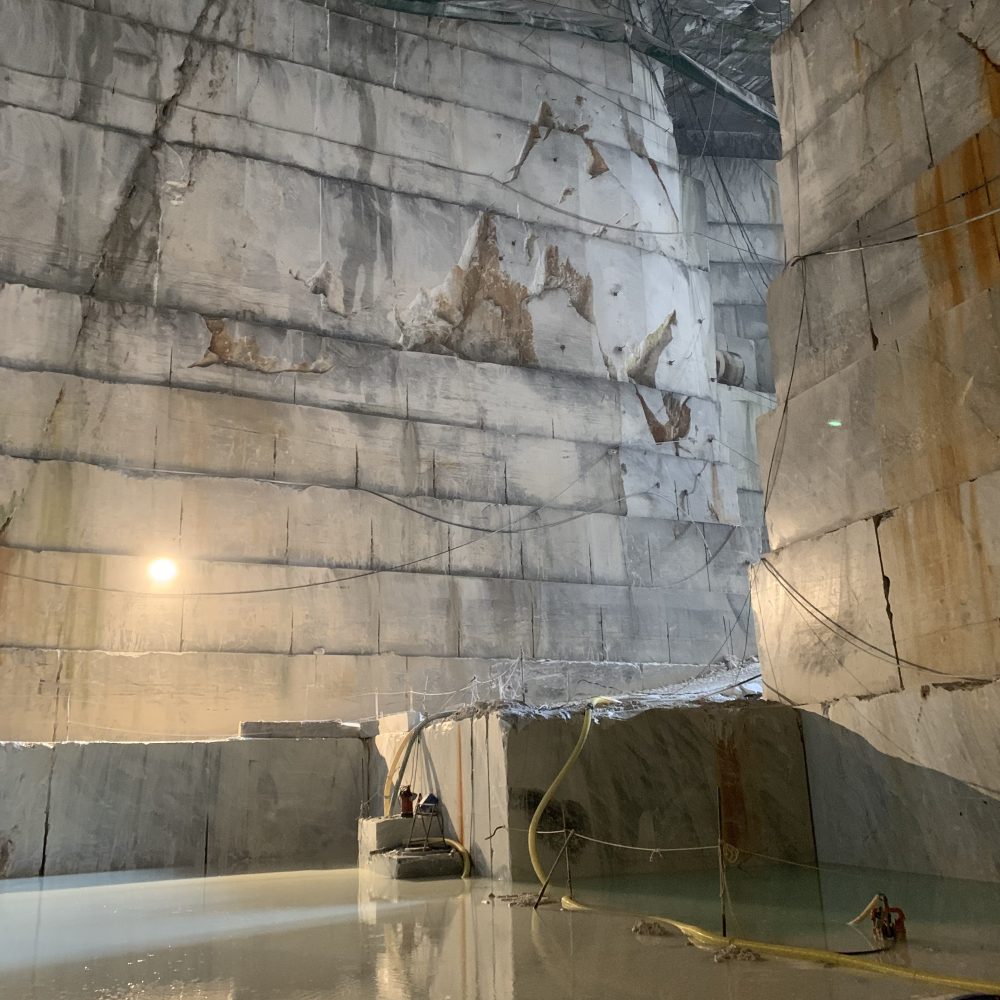
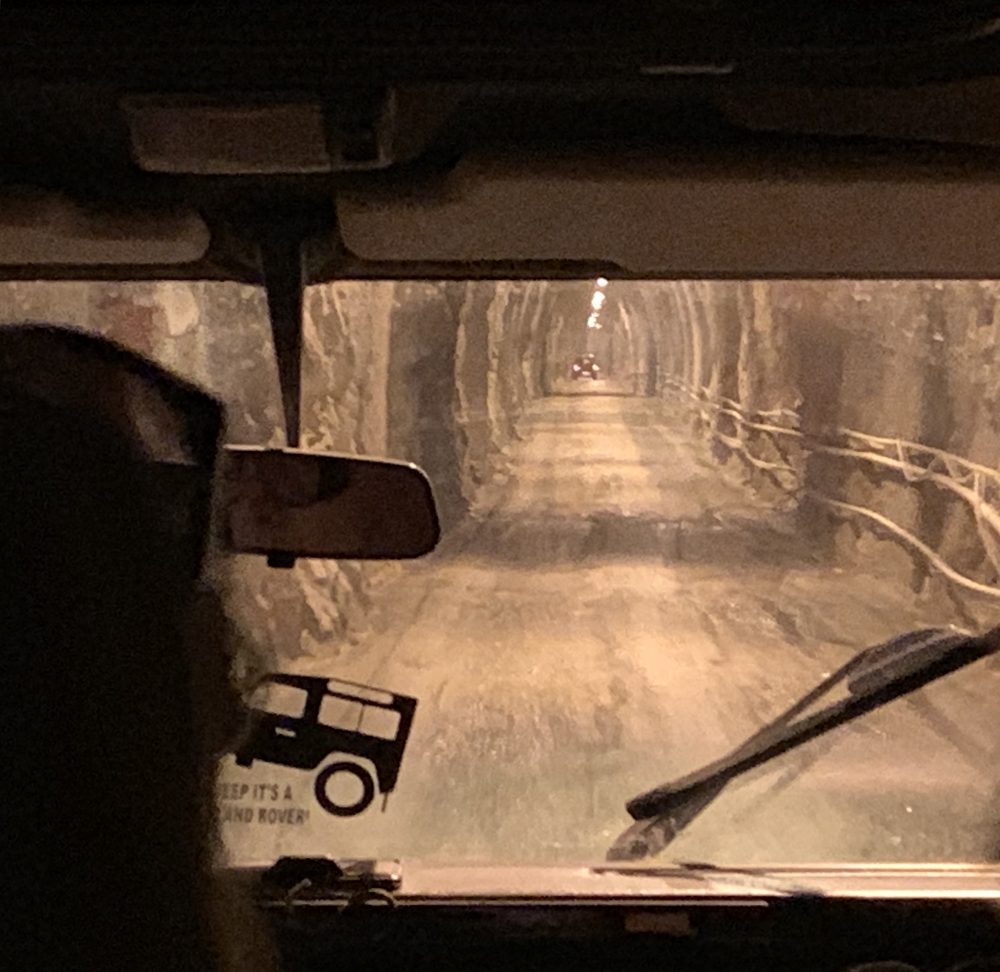
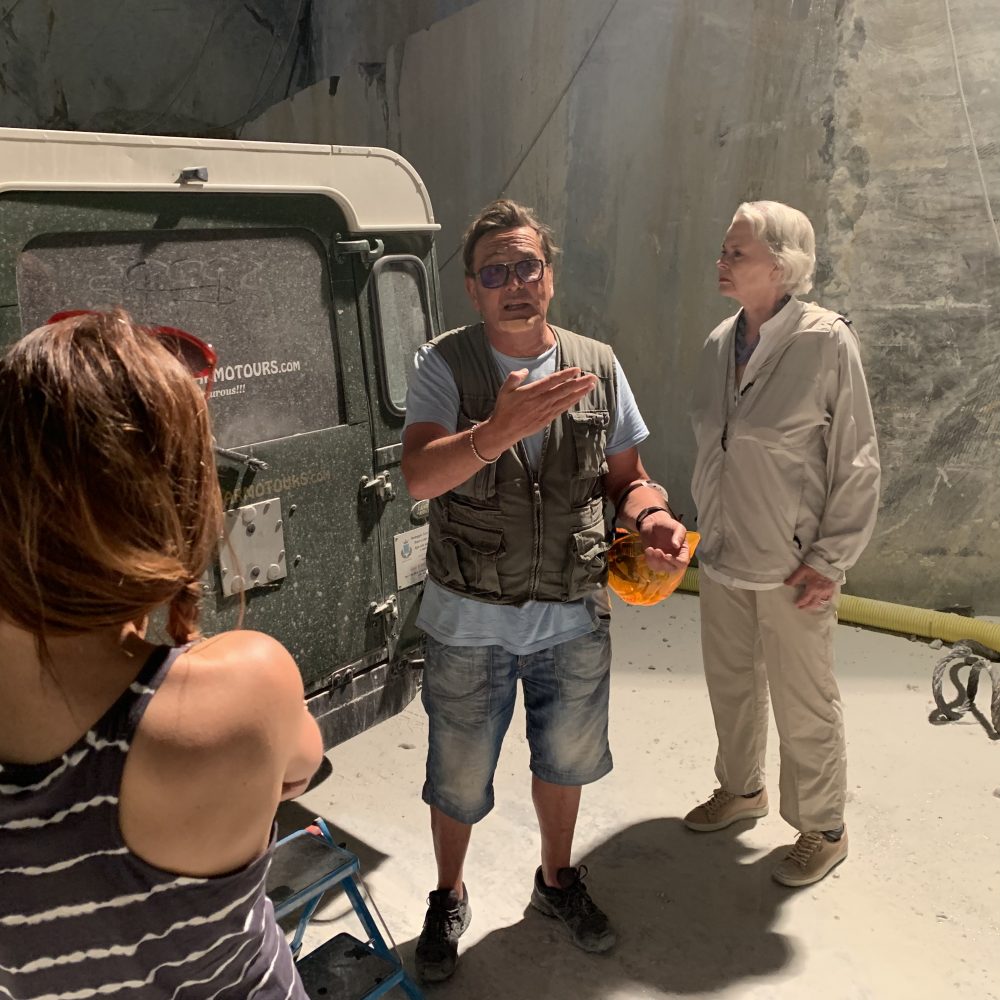
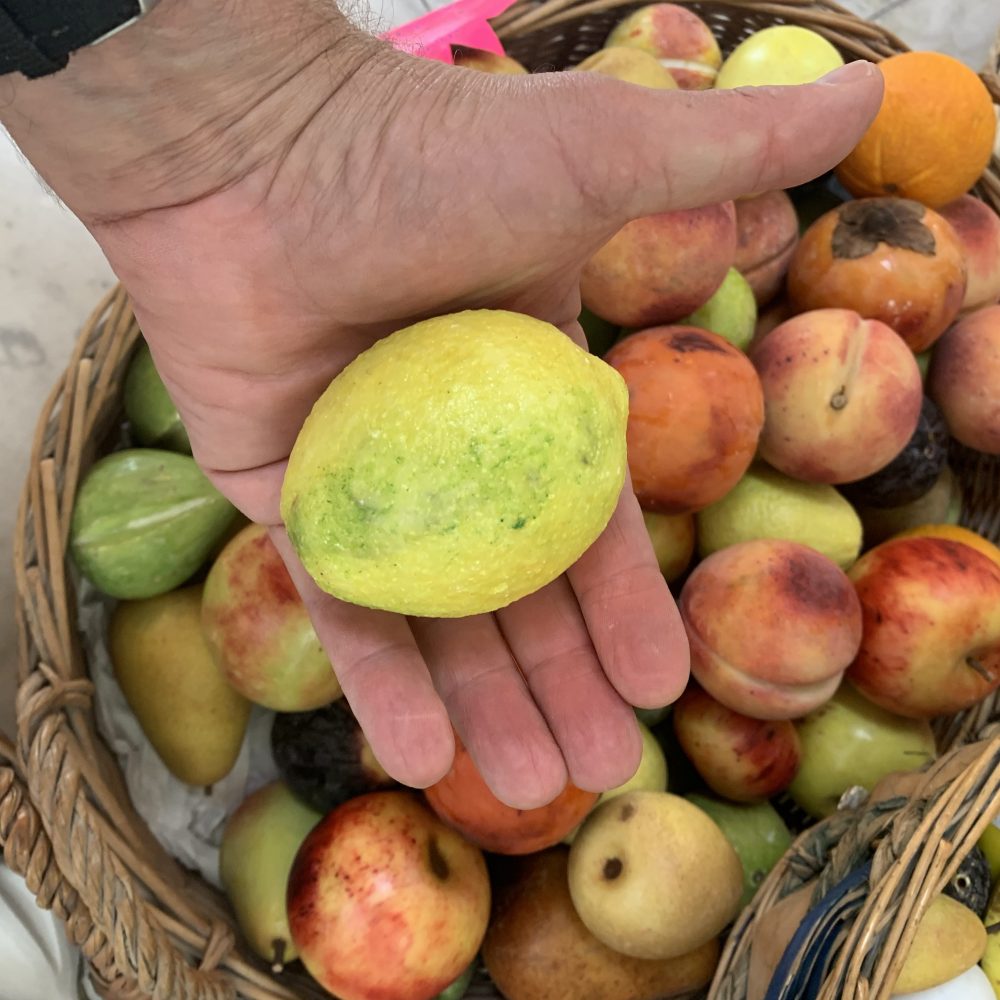
If you want.
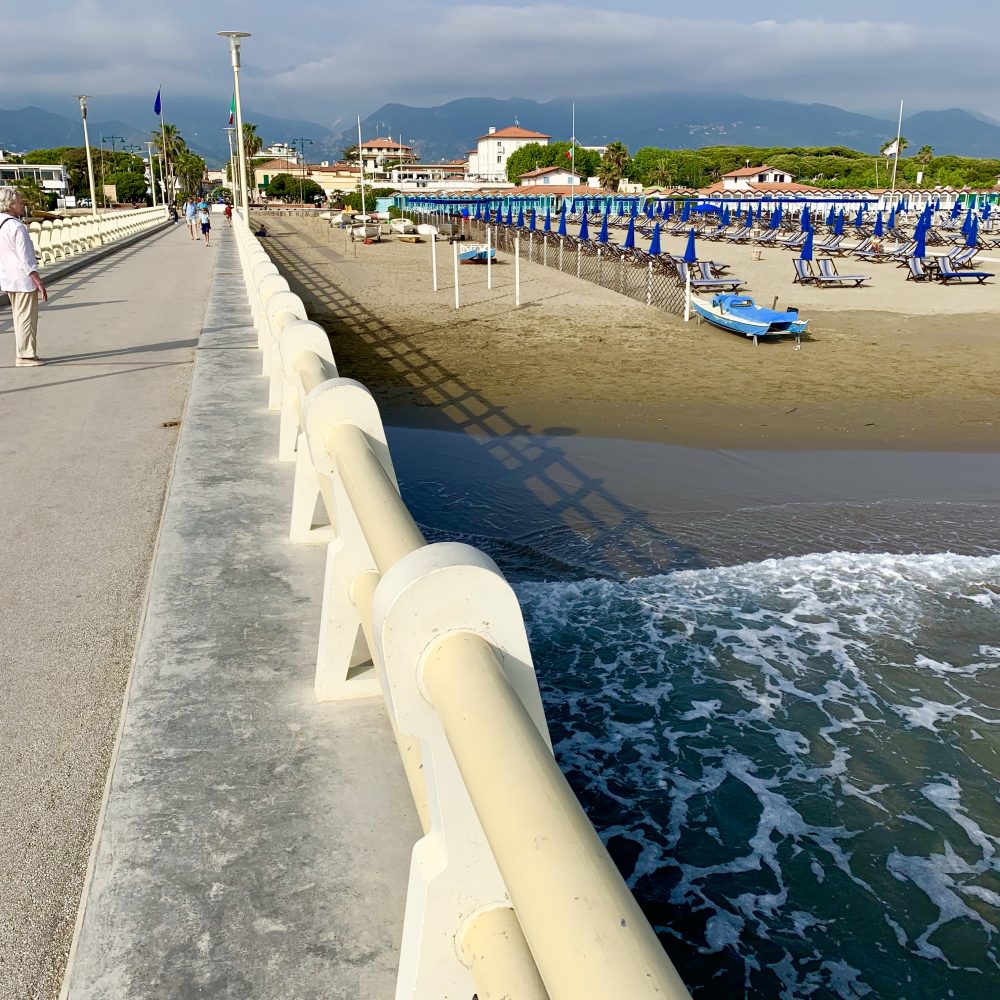
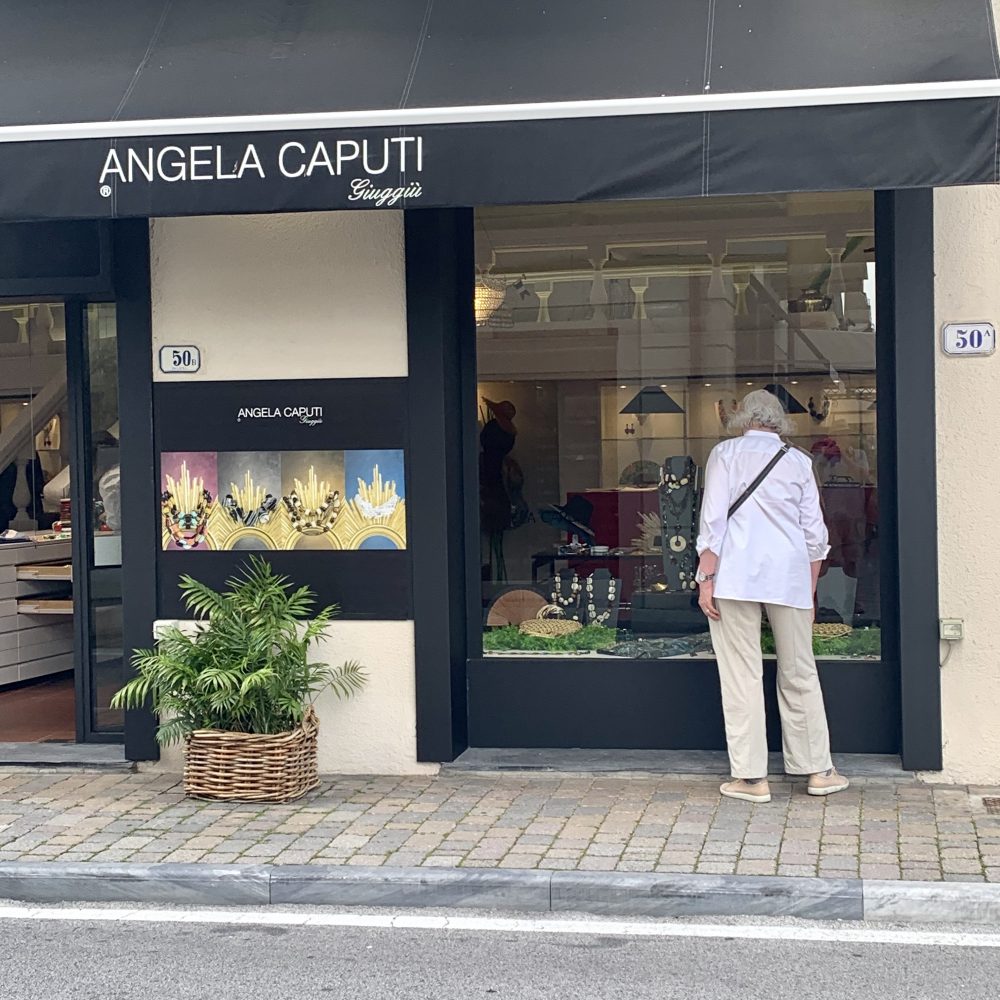
Terme Tettuccio in Montecatini Terme
These hot springs have been known for their curative powers since ancient times. Don’t worry. We did not include any photos of Robert in a Speedo.
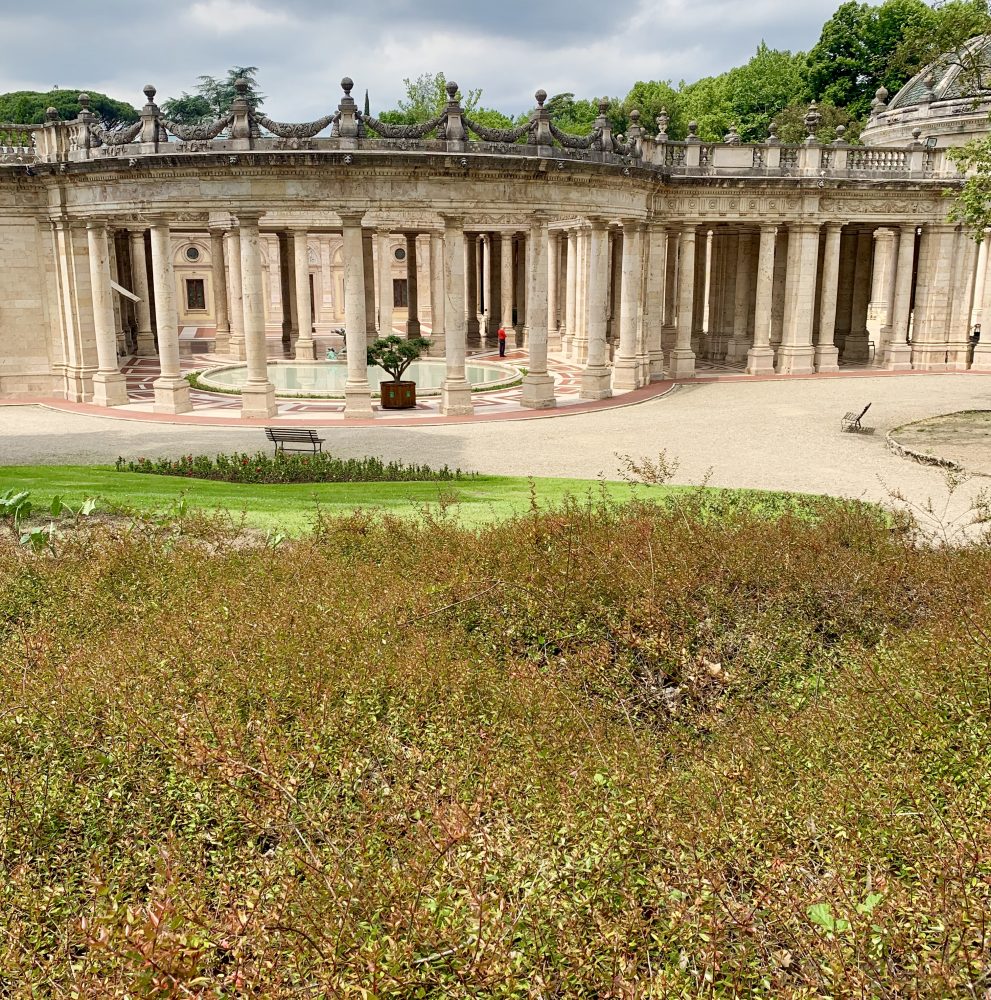
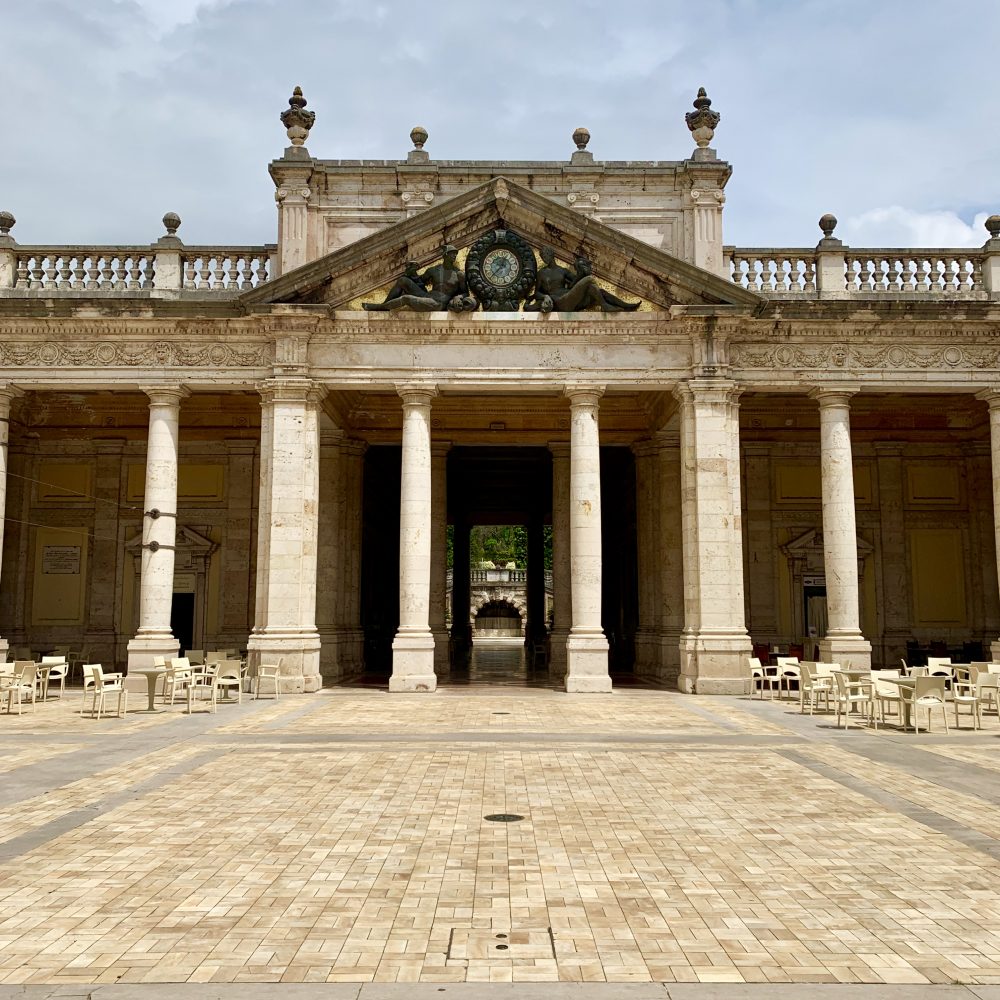
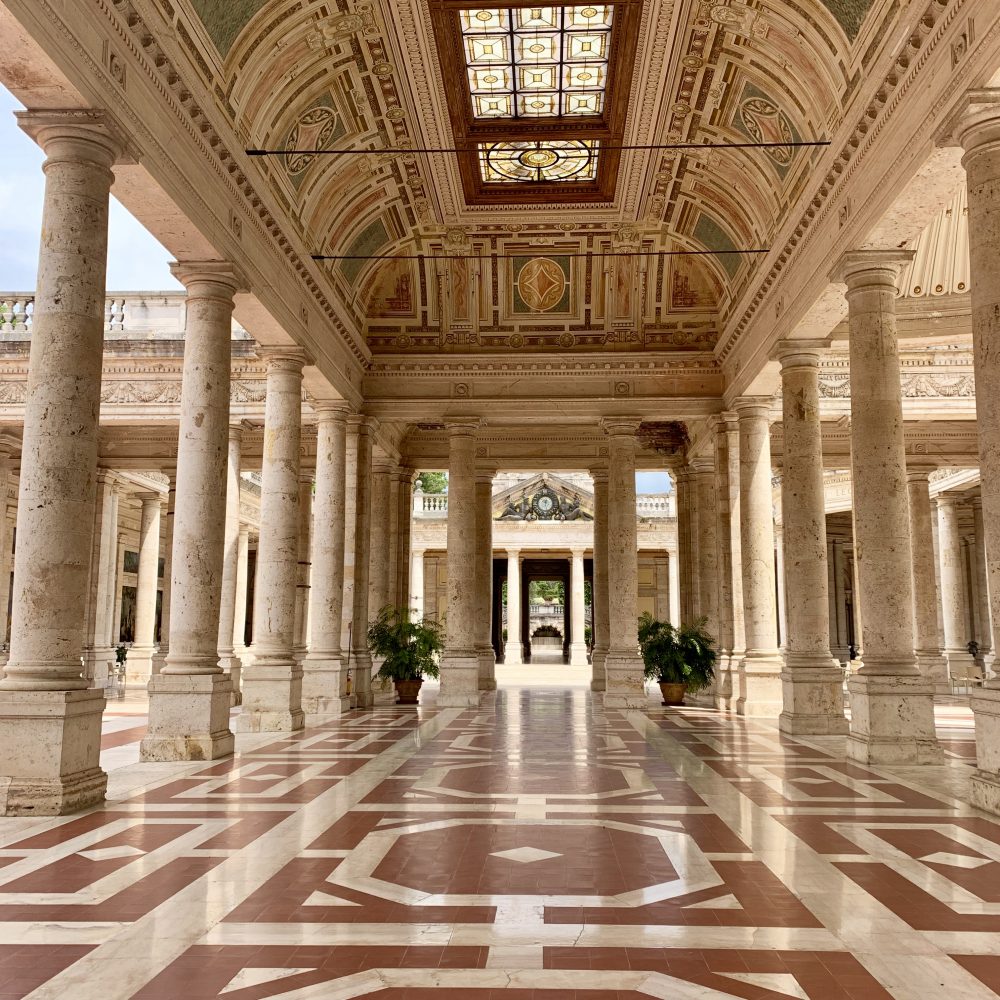
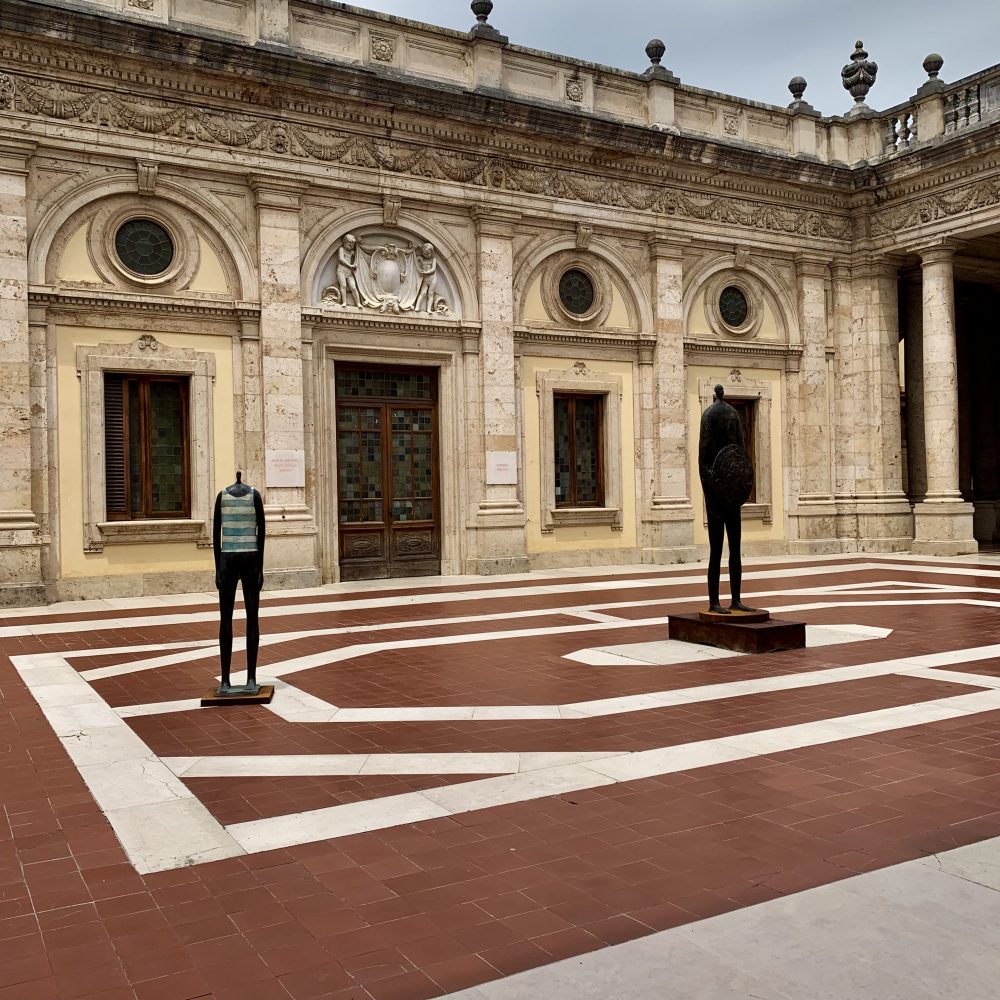

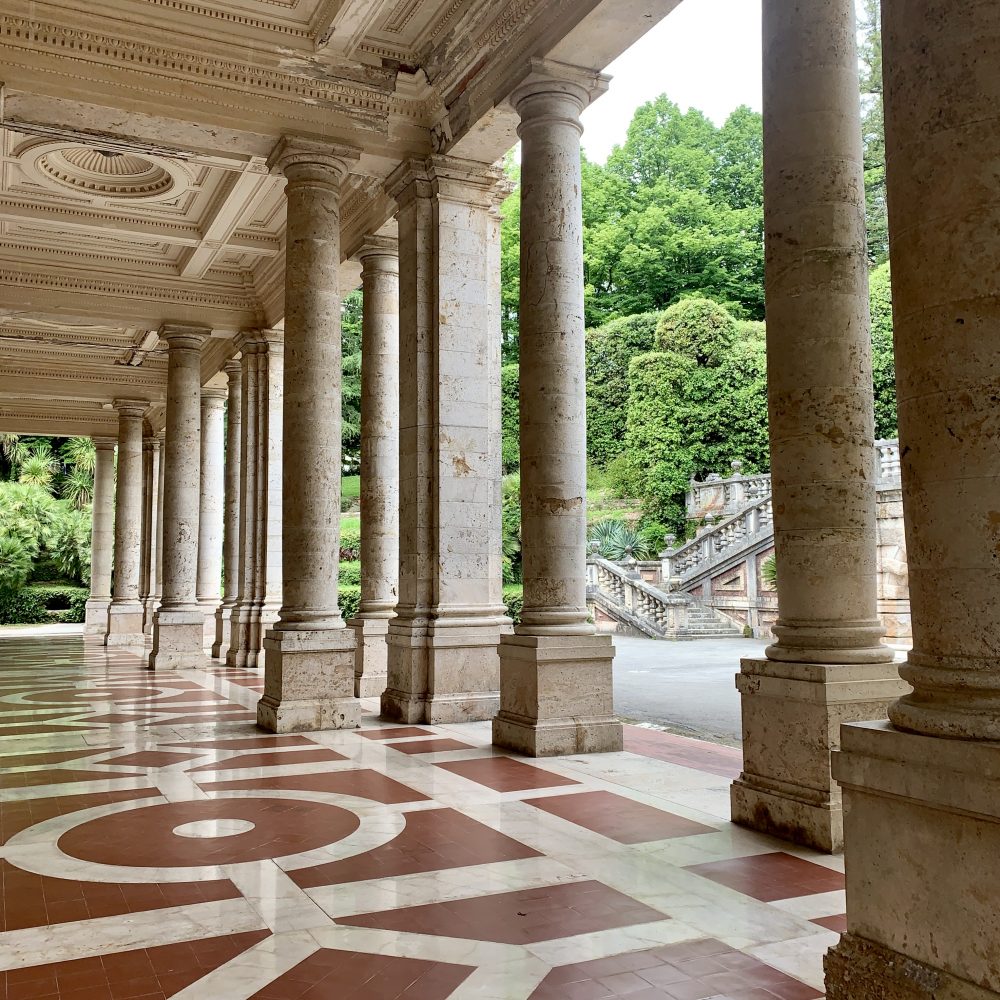
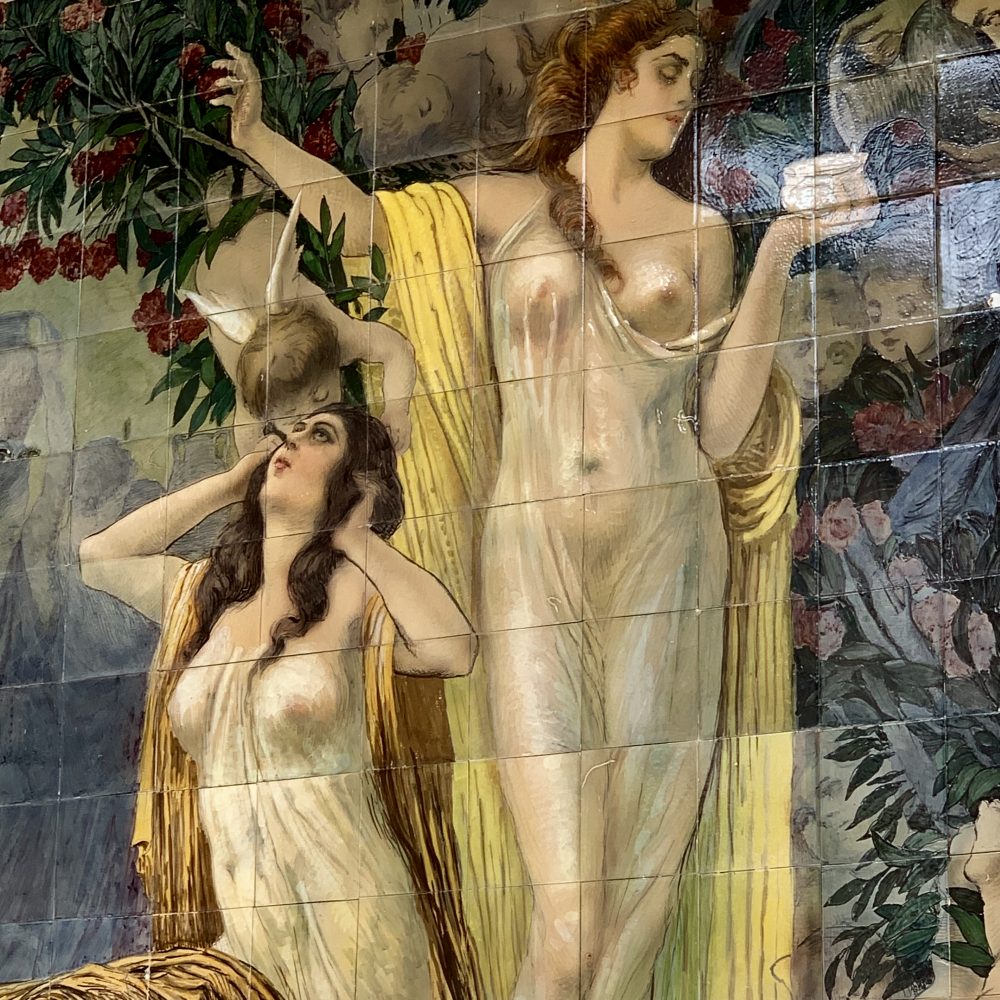
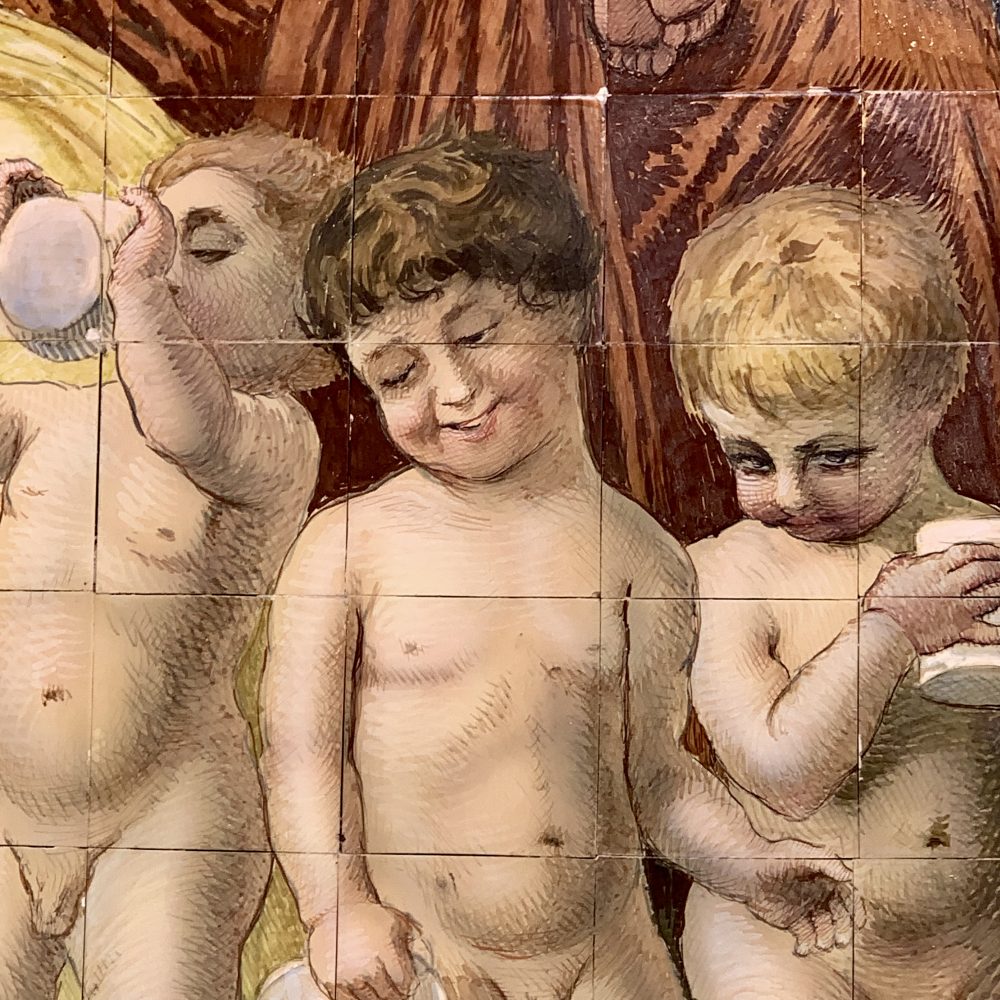
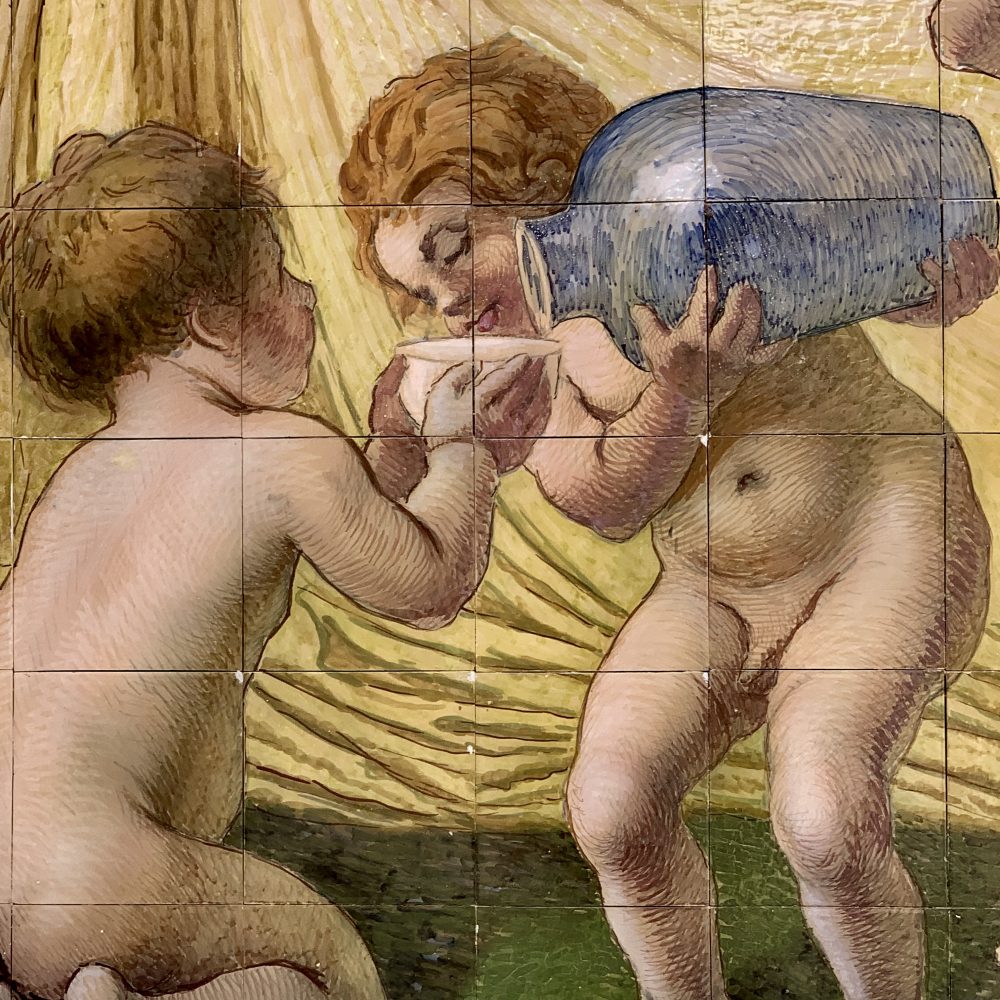
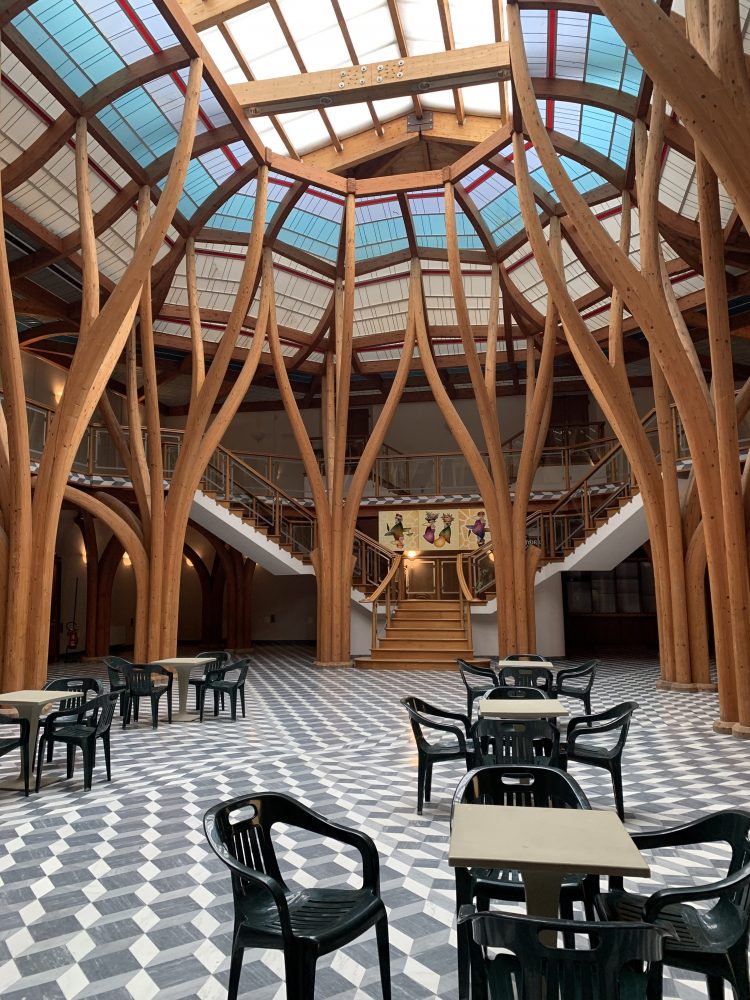
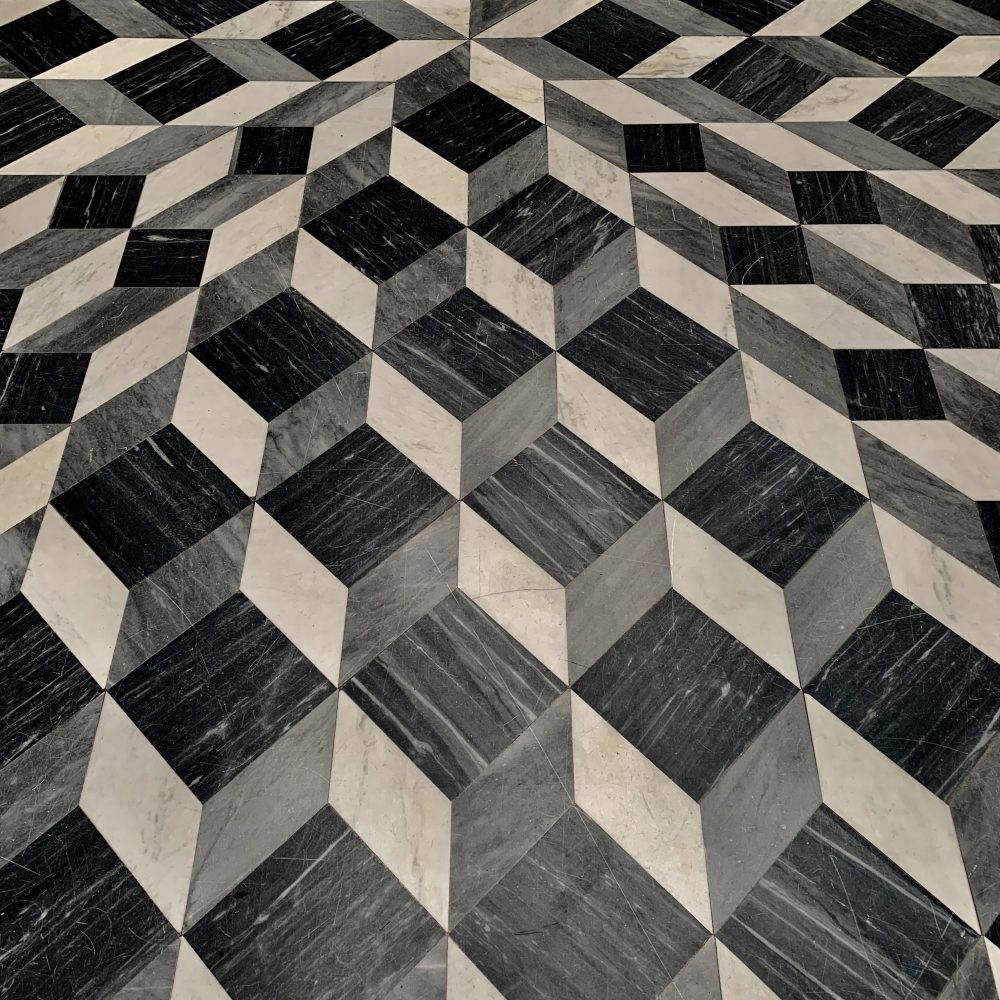
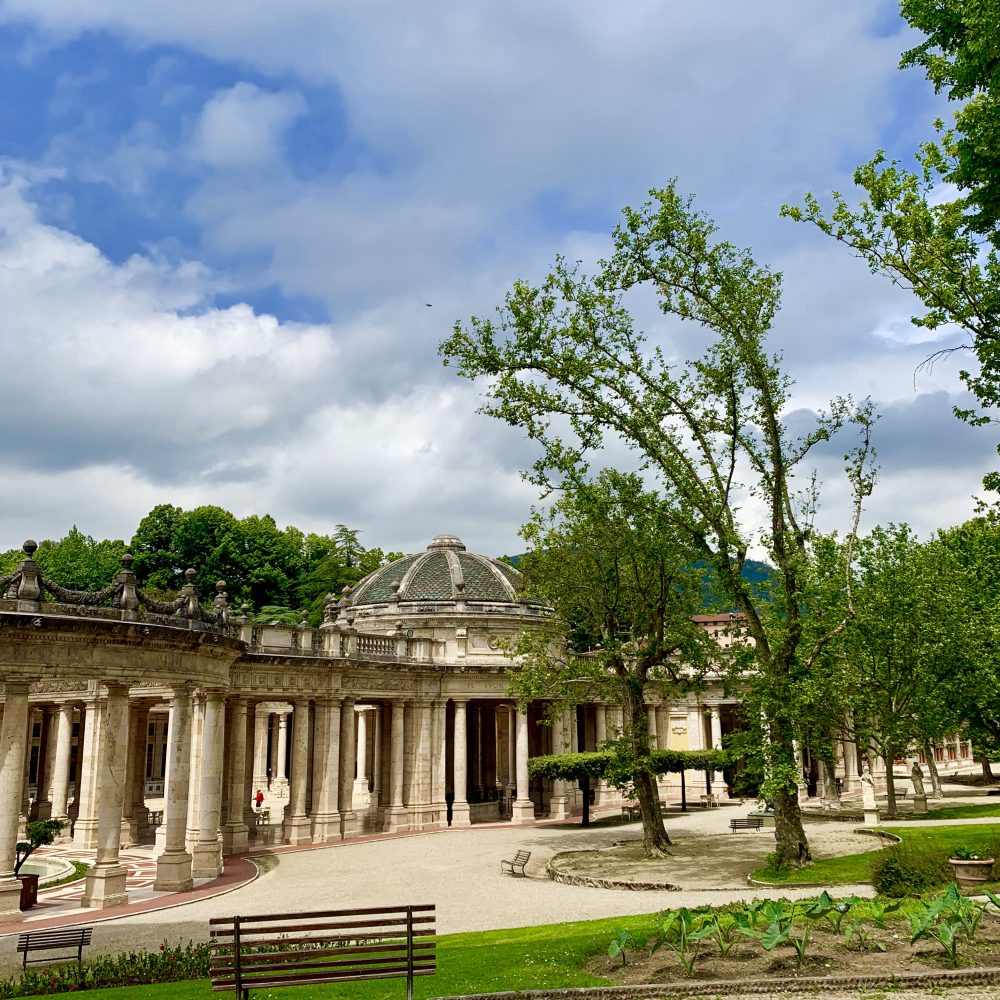
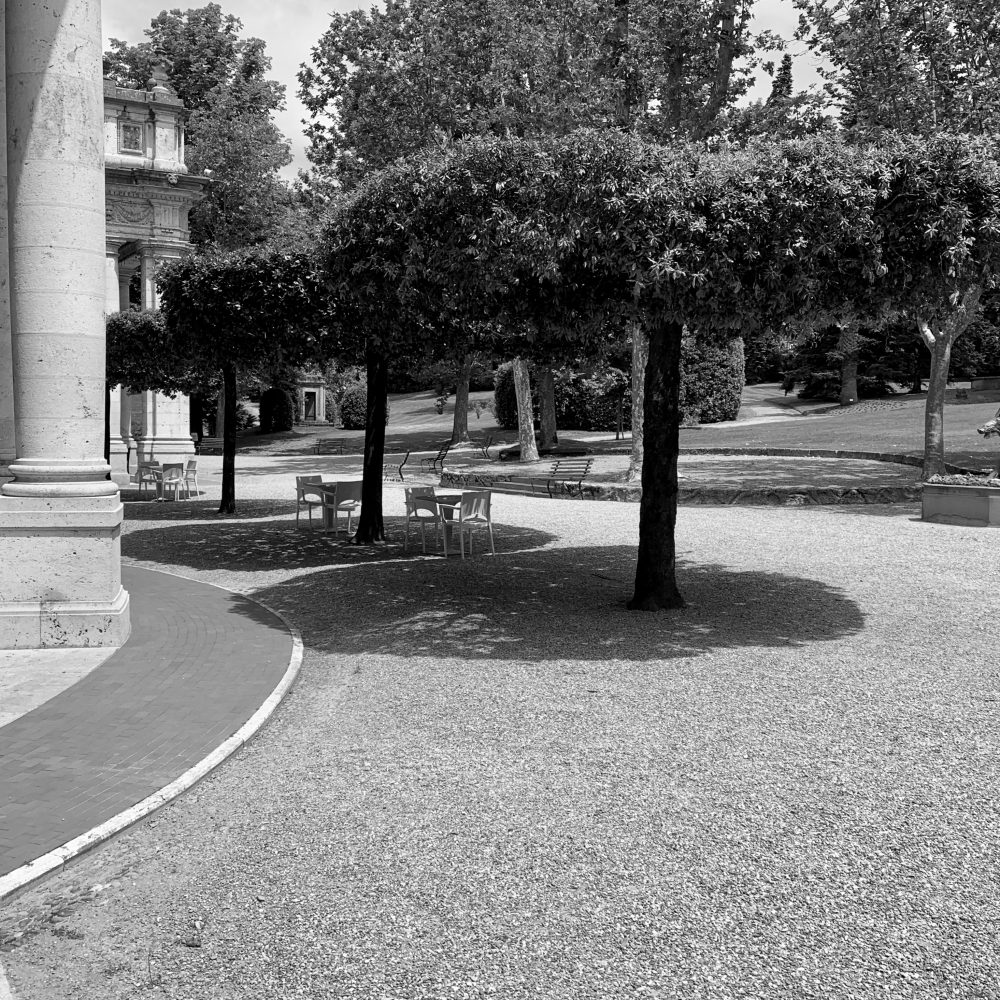
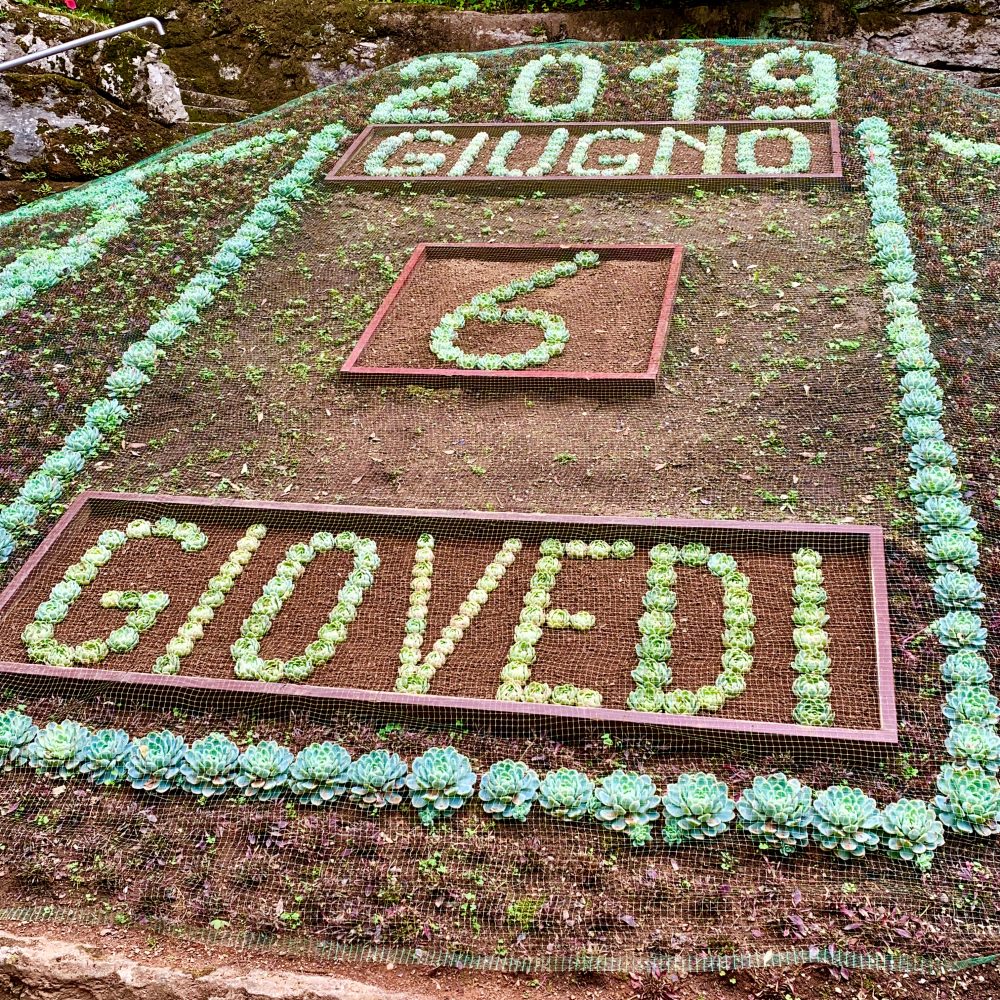
Cibo e Bibite




Definitely a Wow! How was it done in the past before trucks?
In the recent past, they used trains. Before that, he did not say.